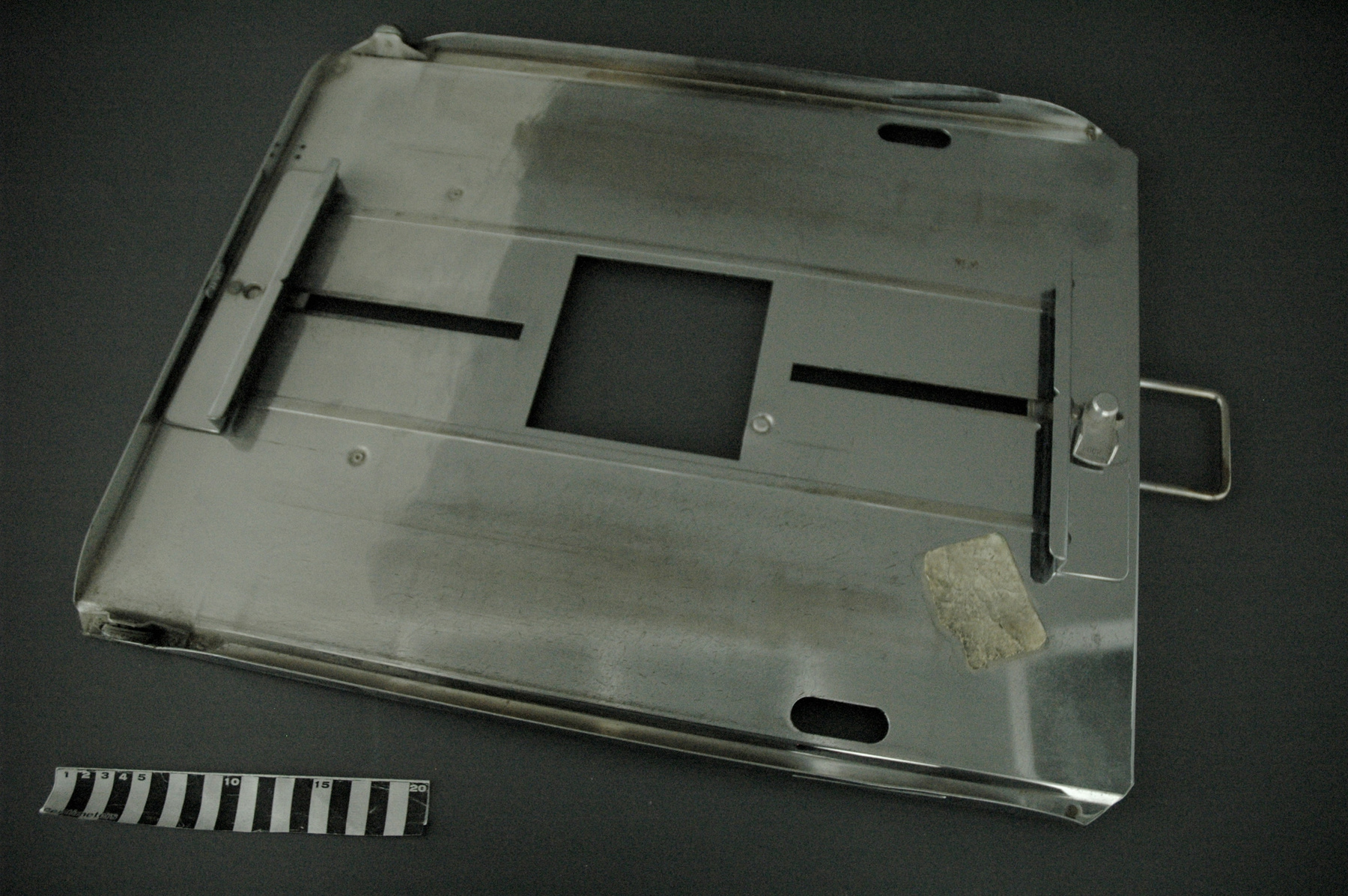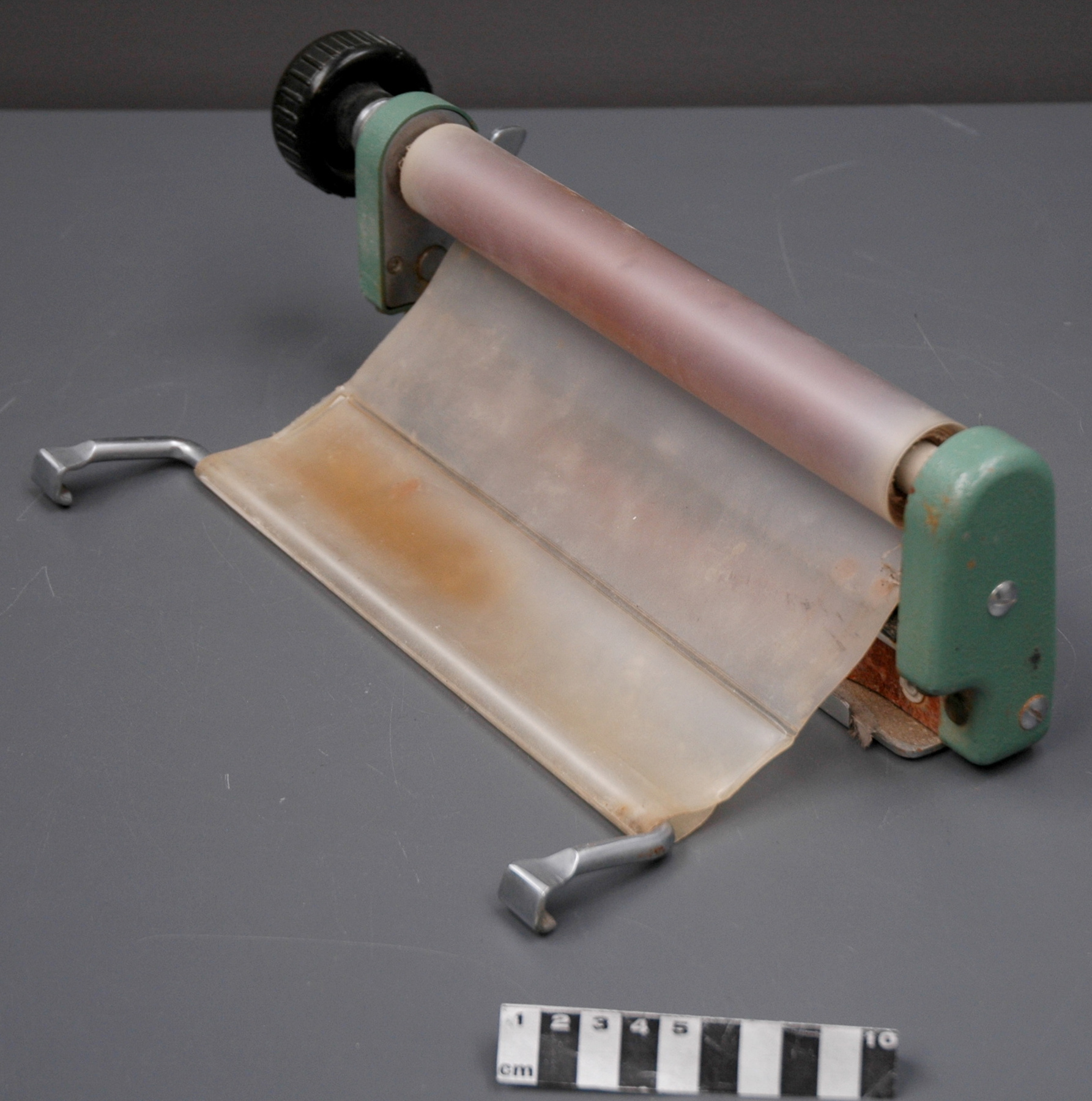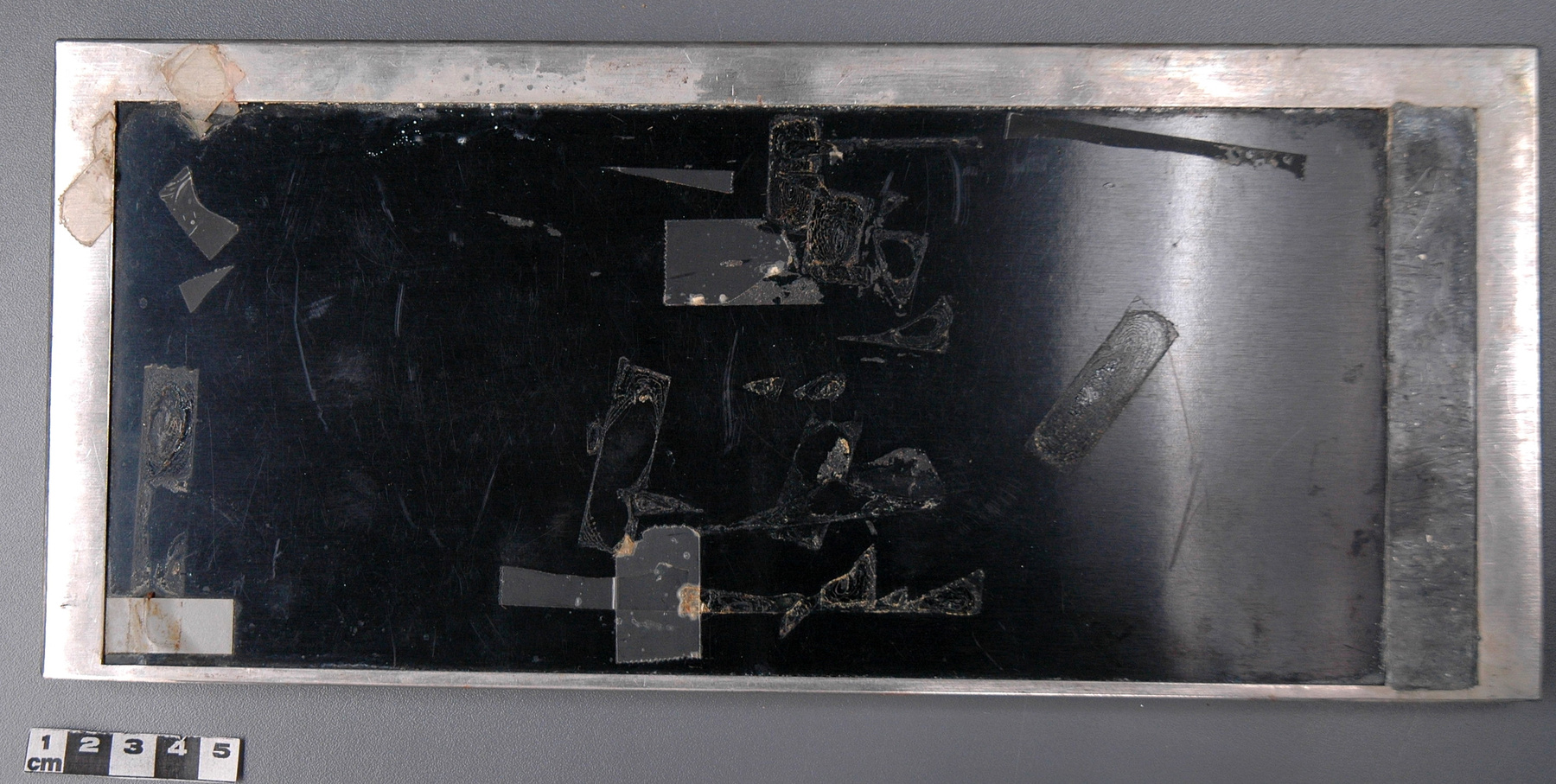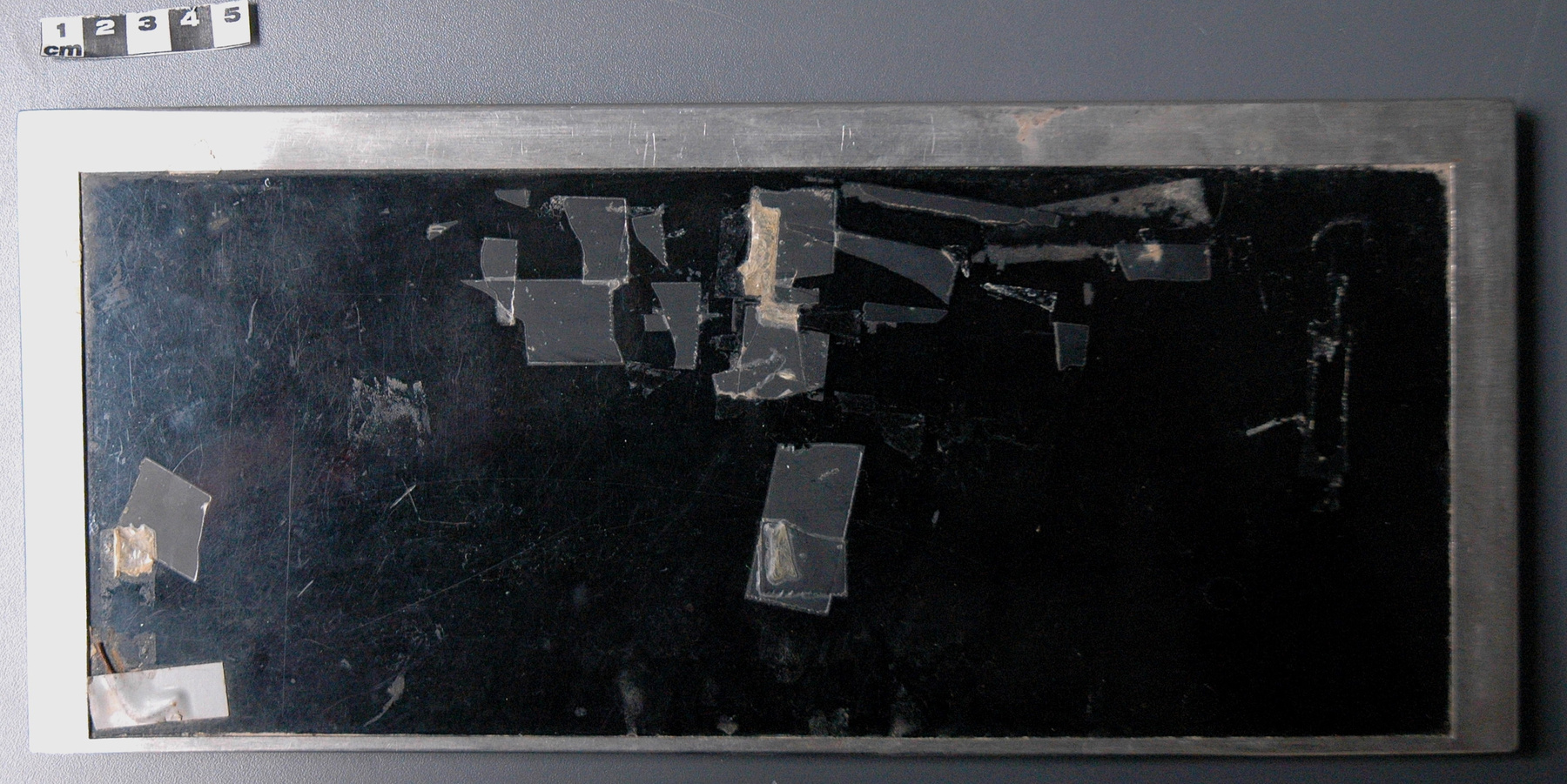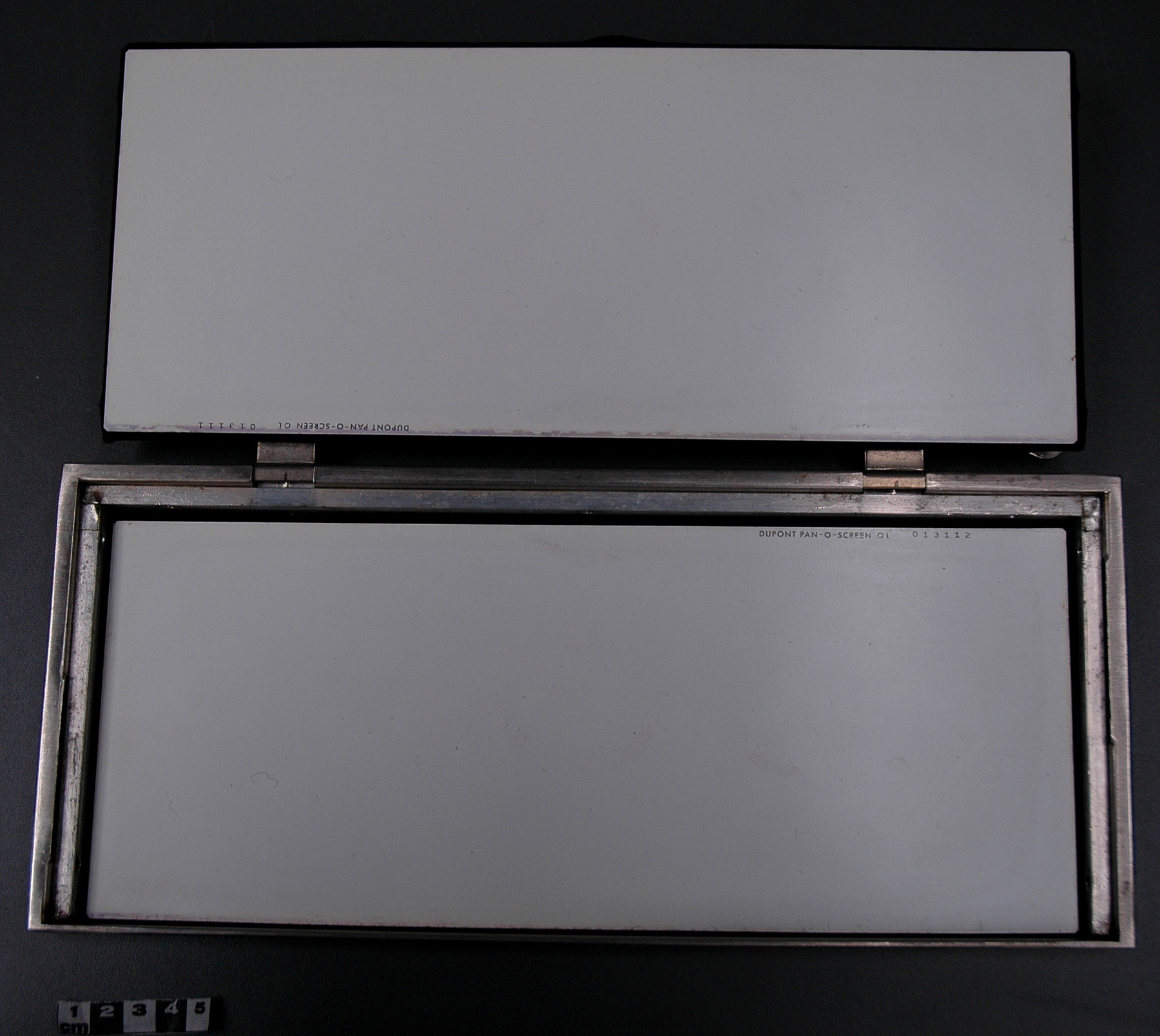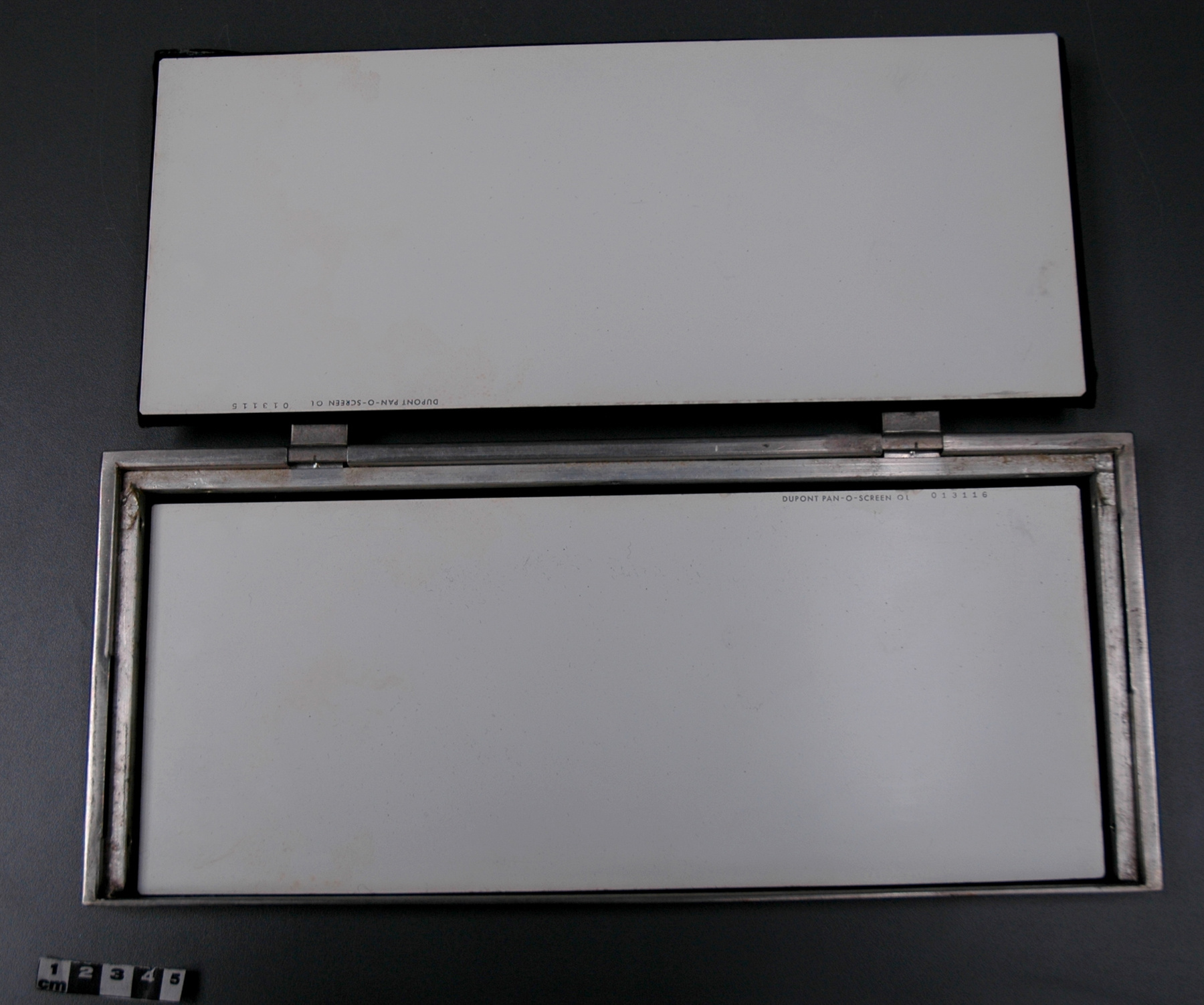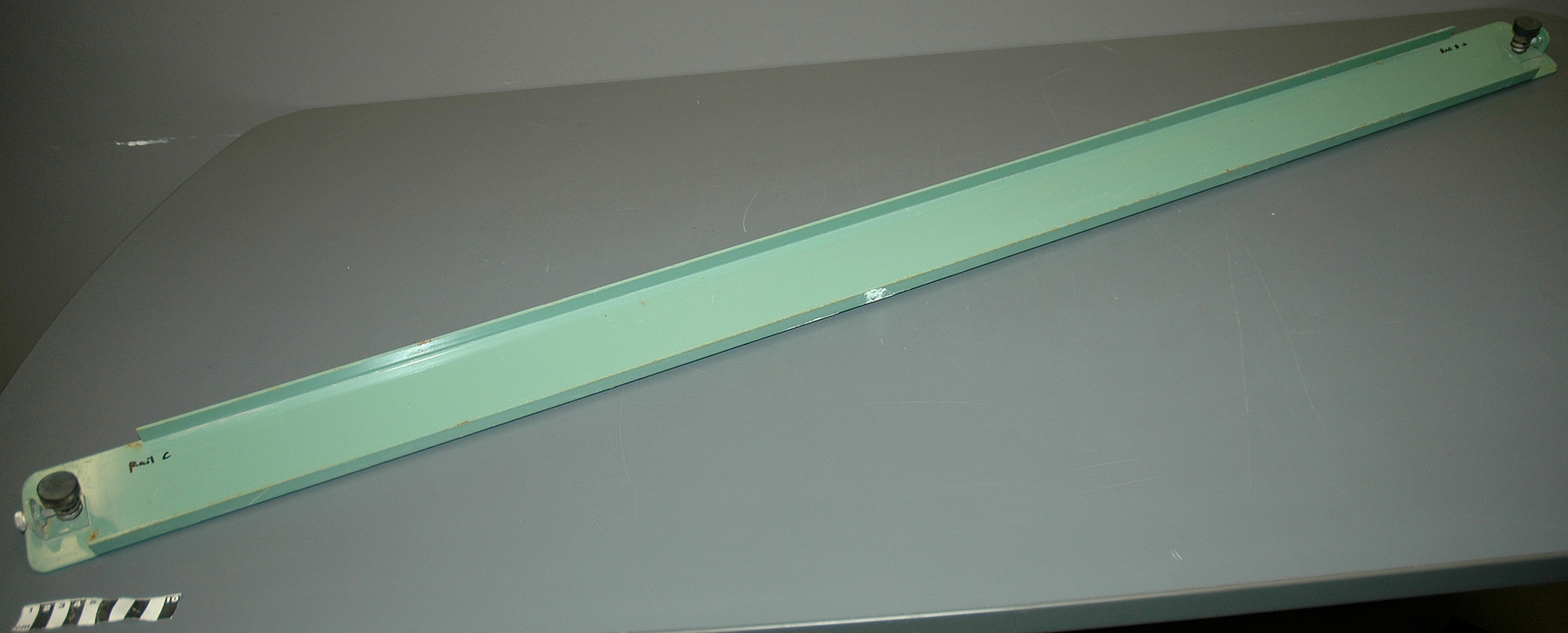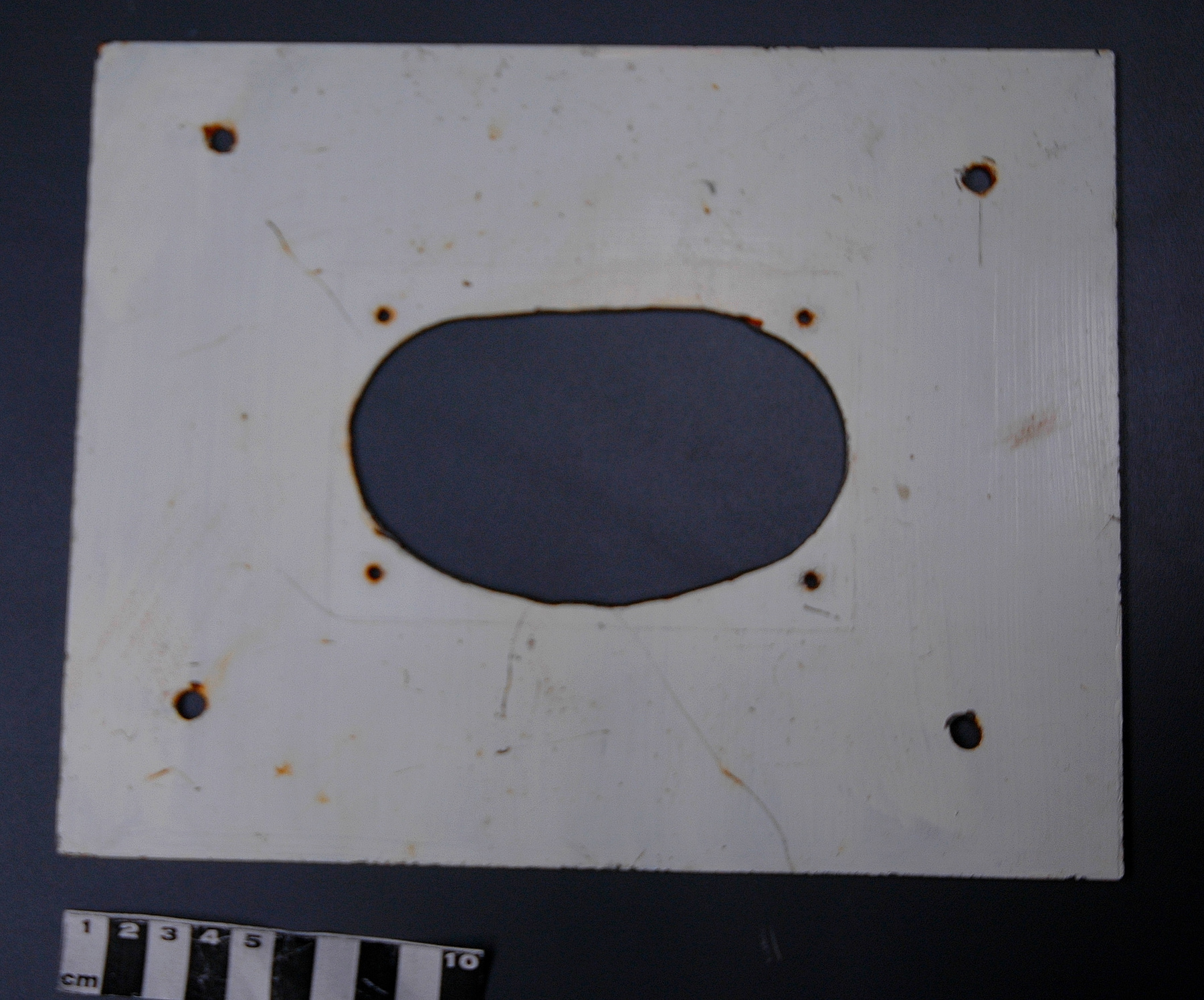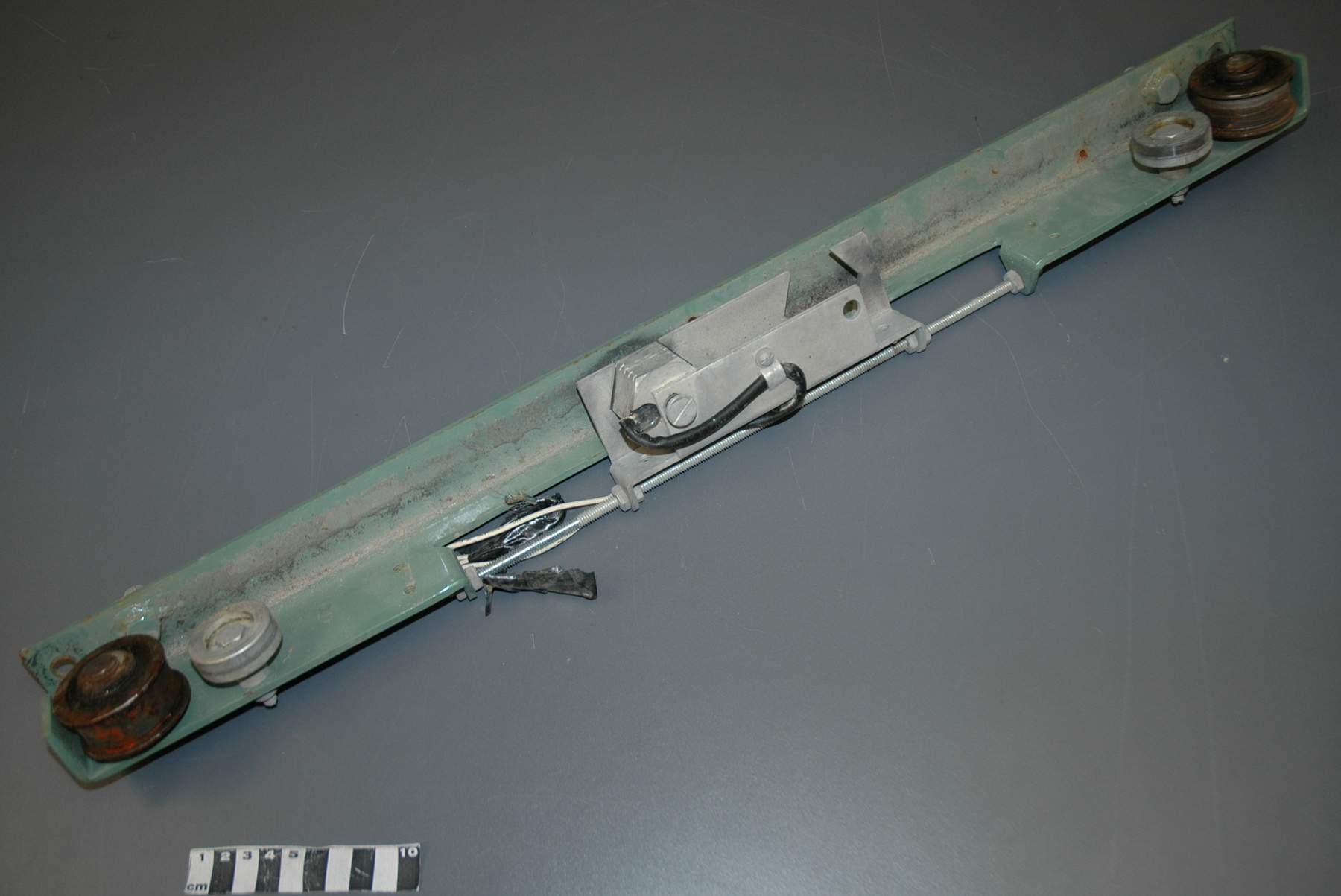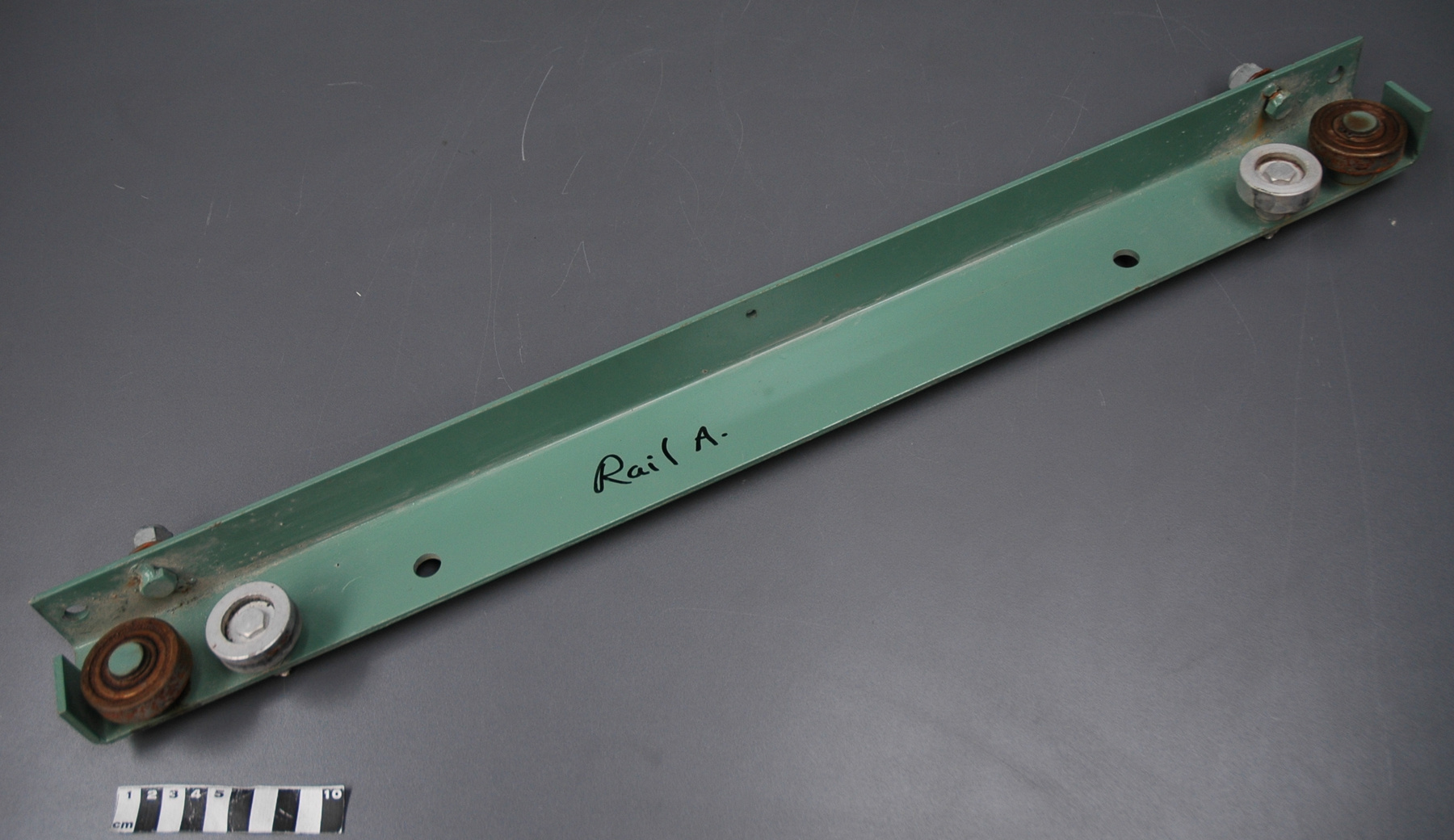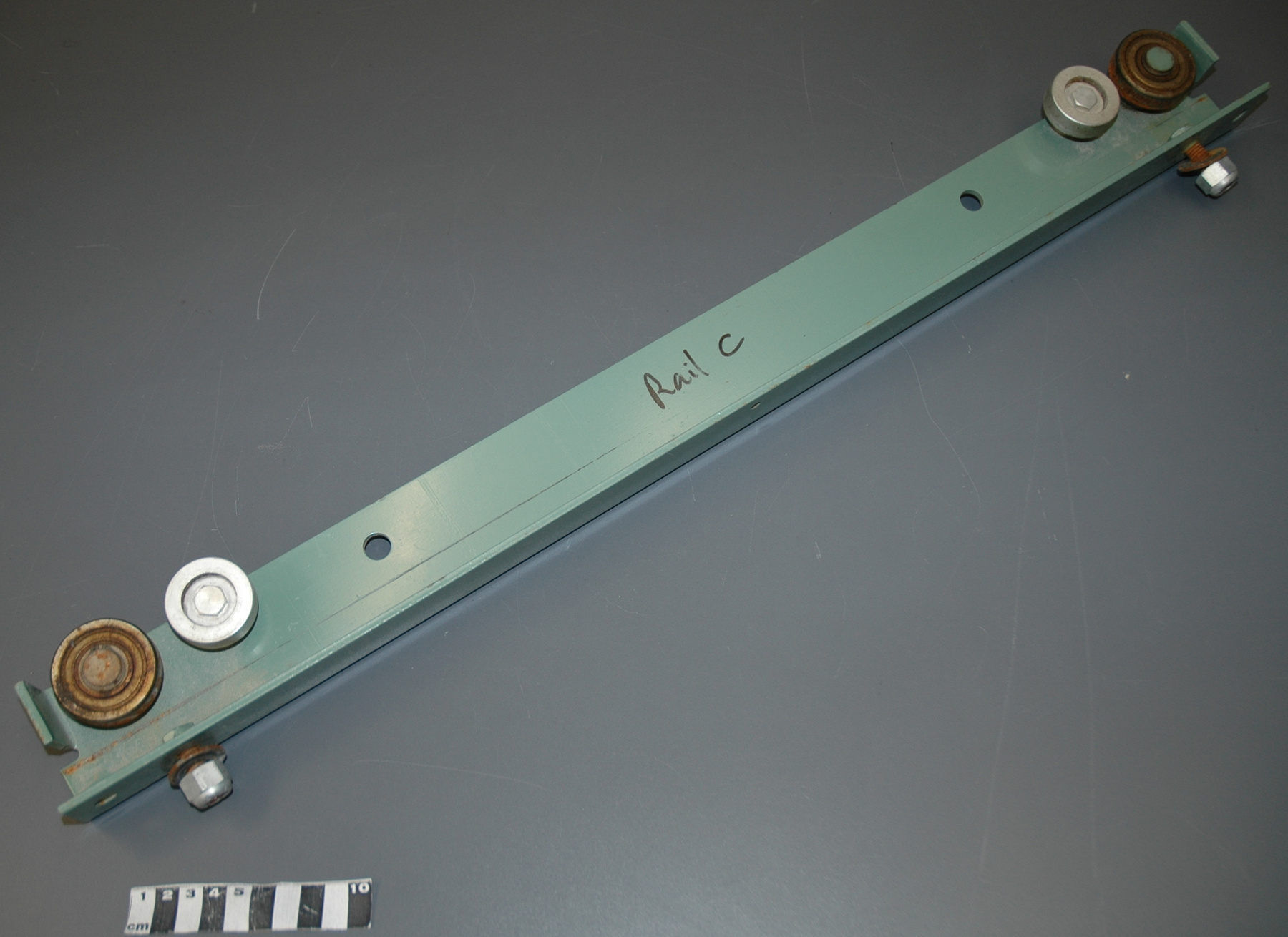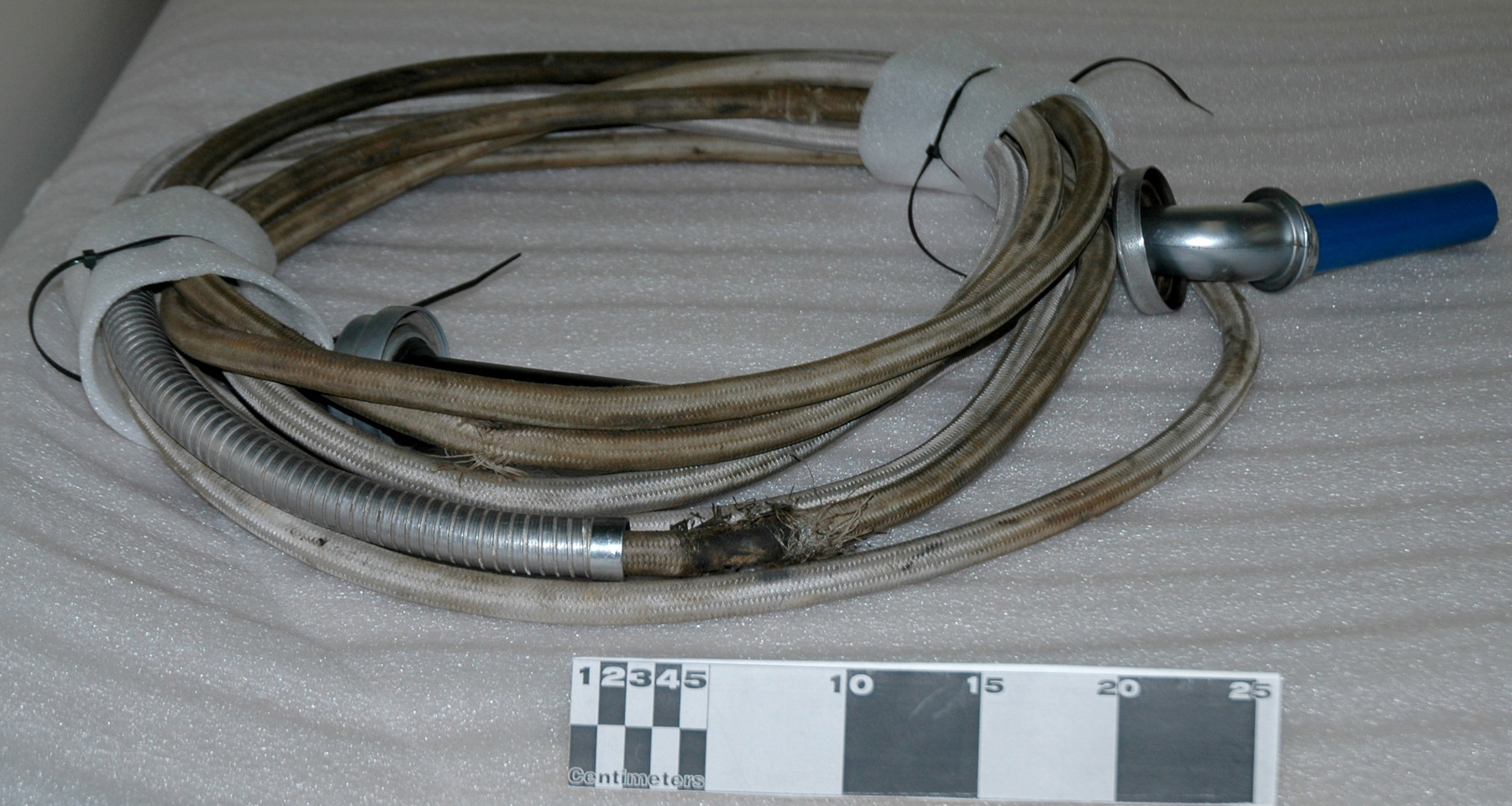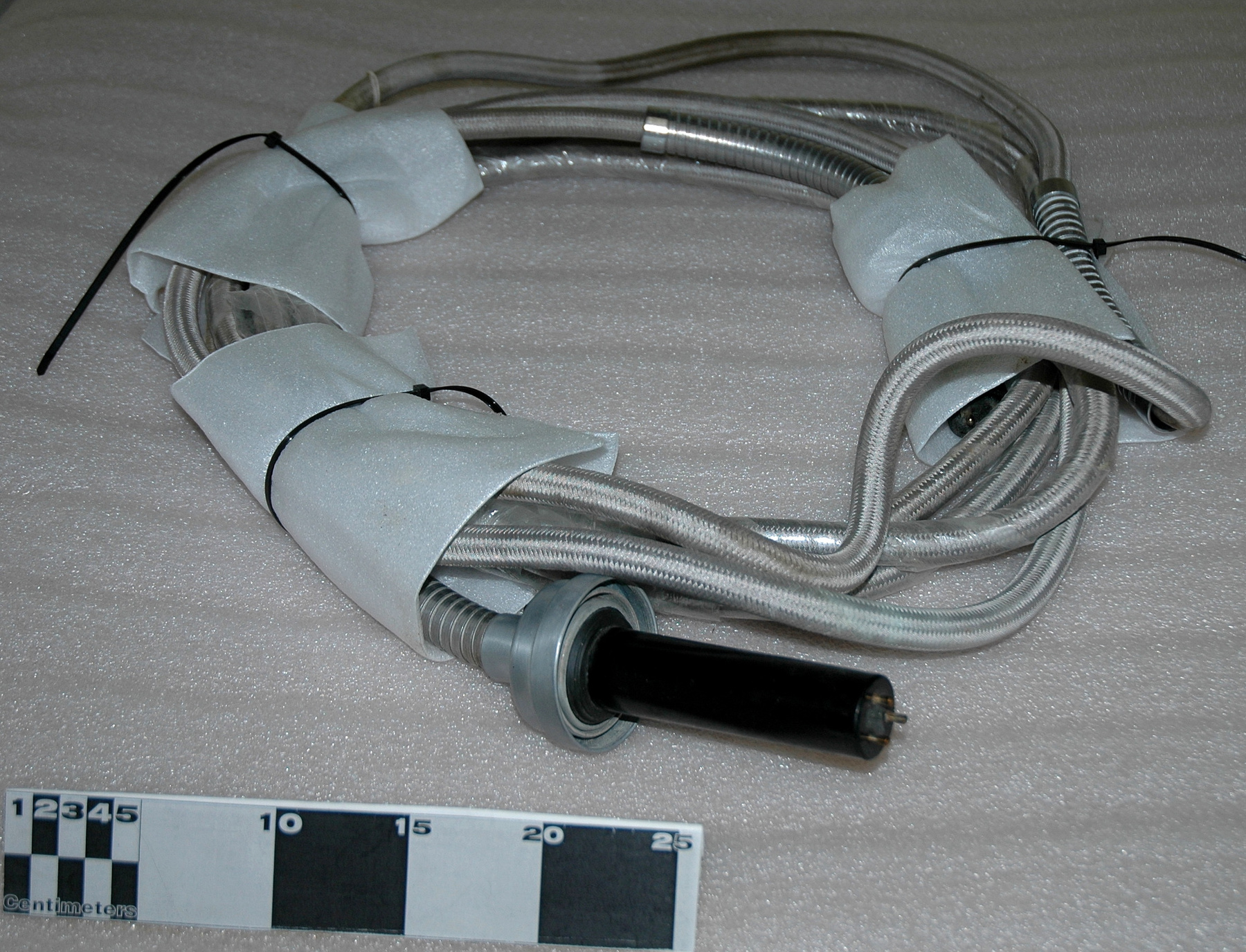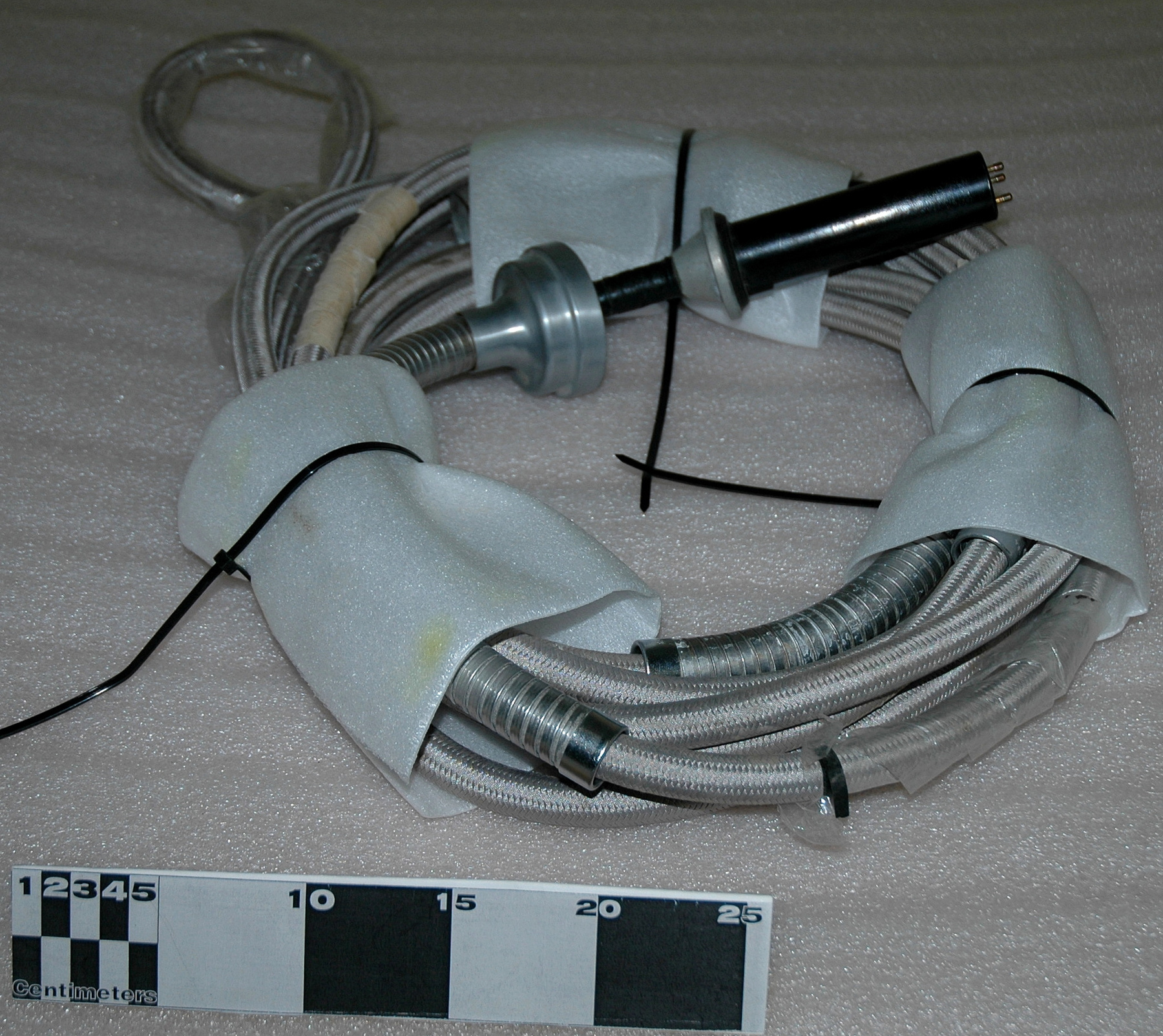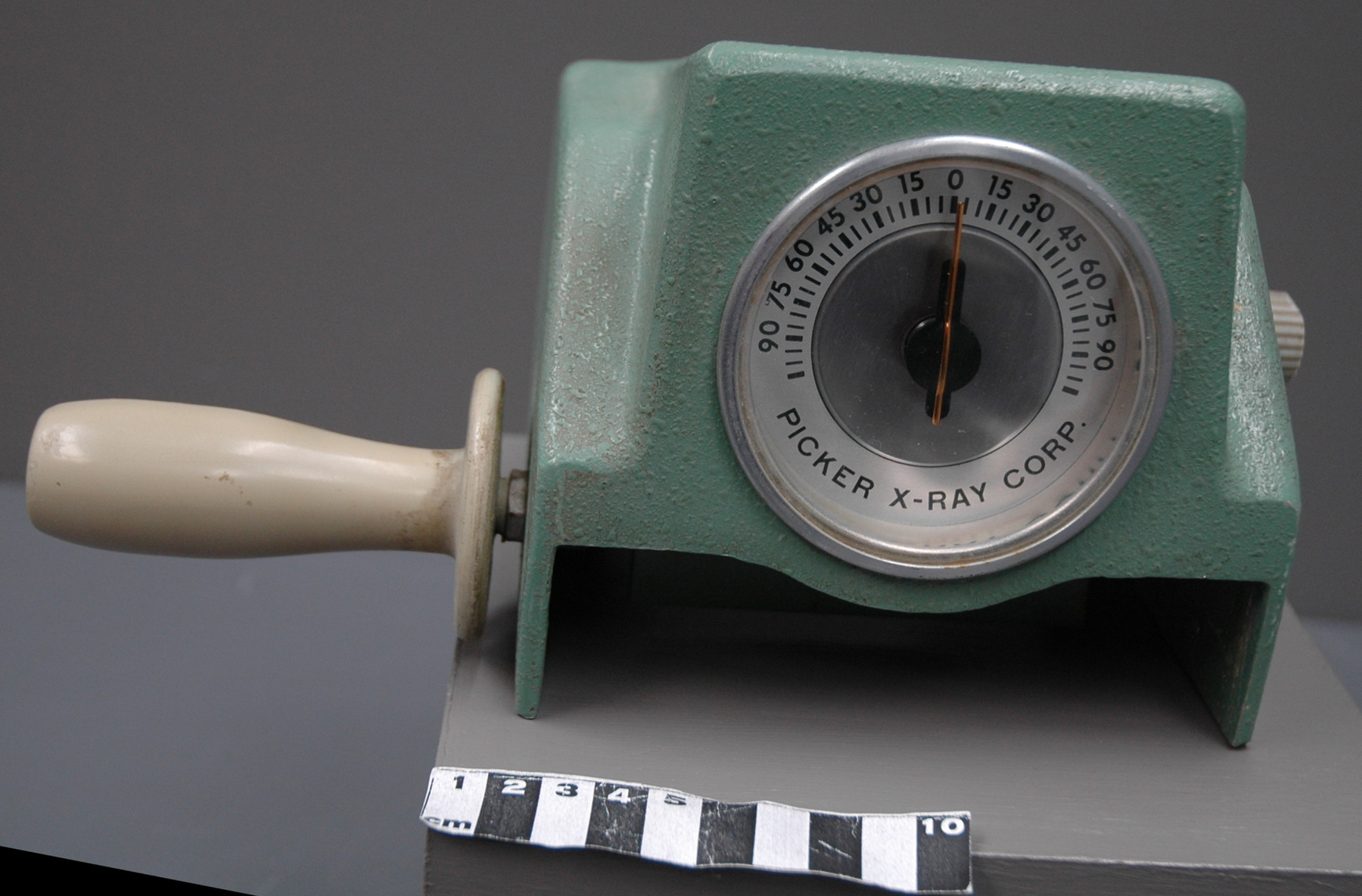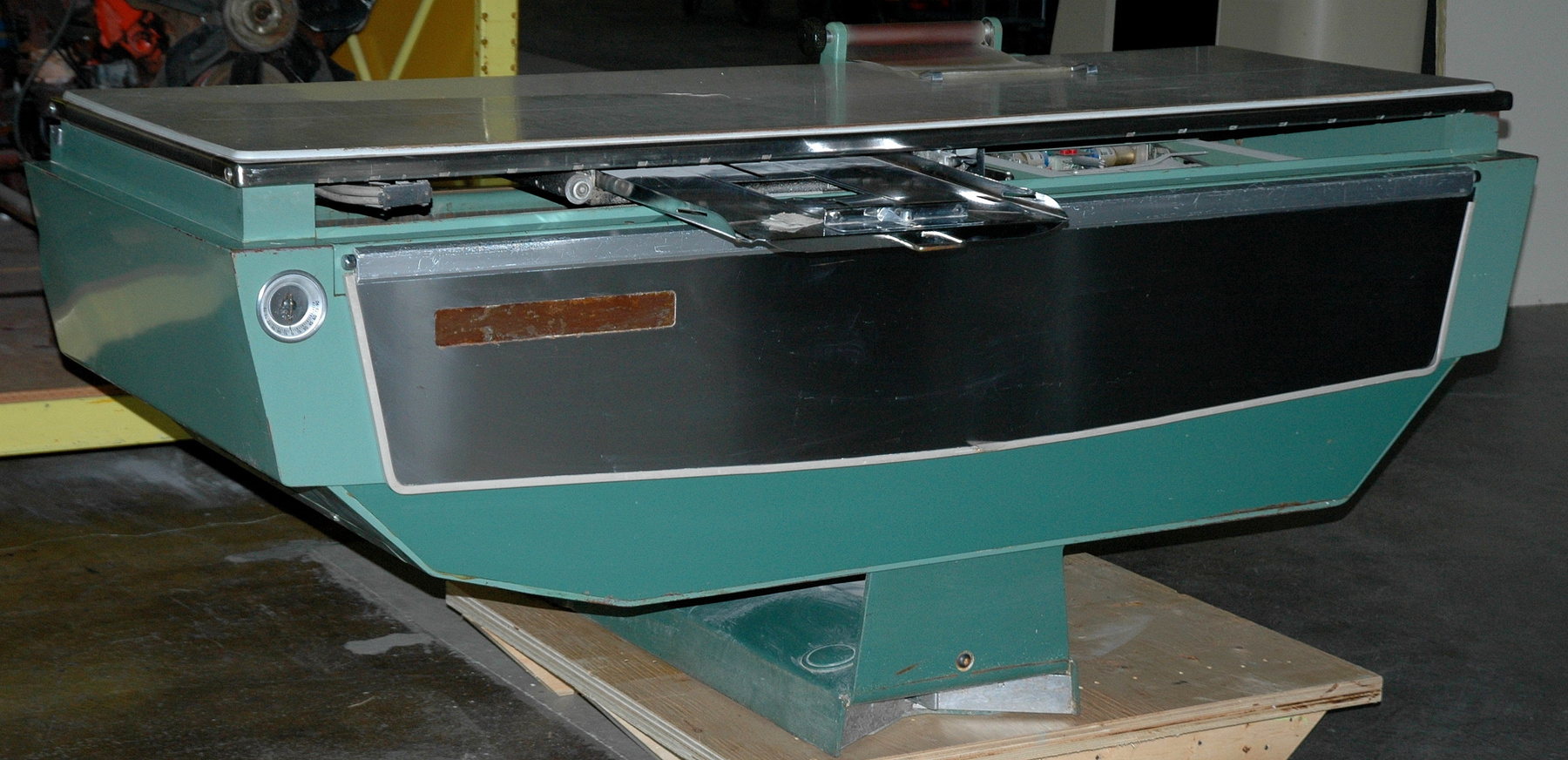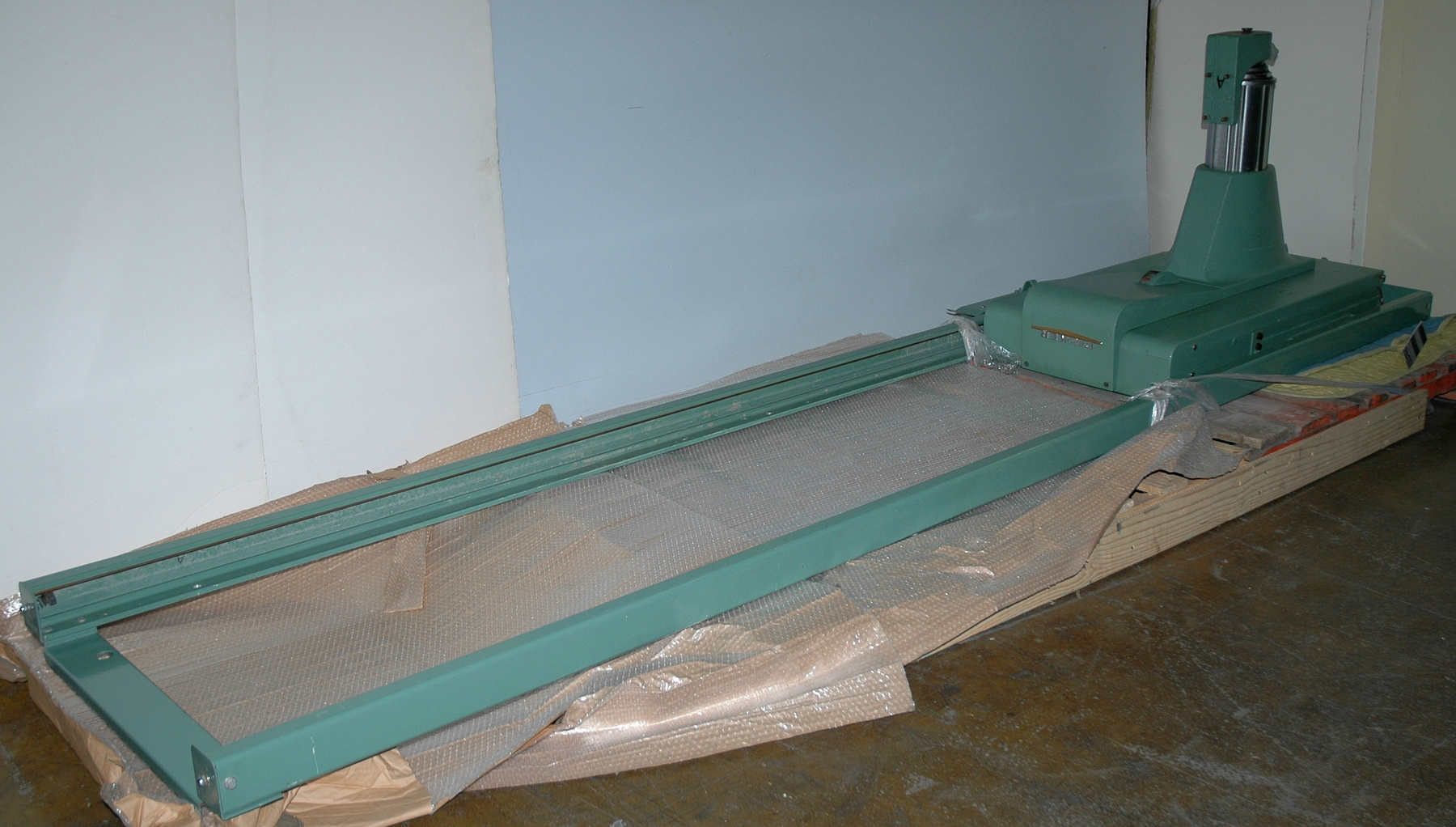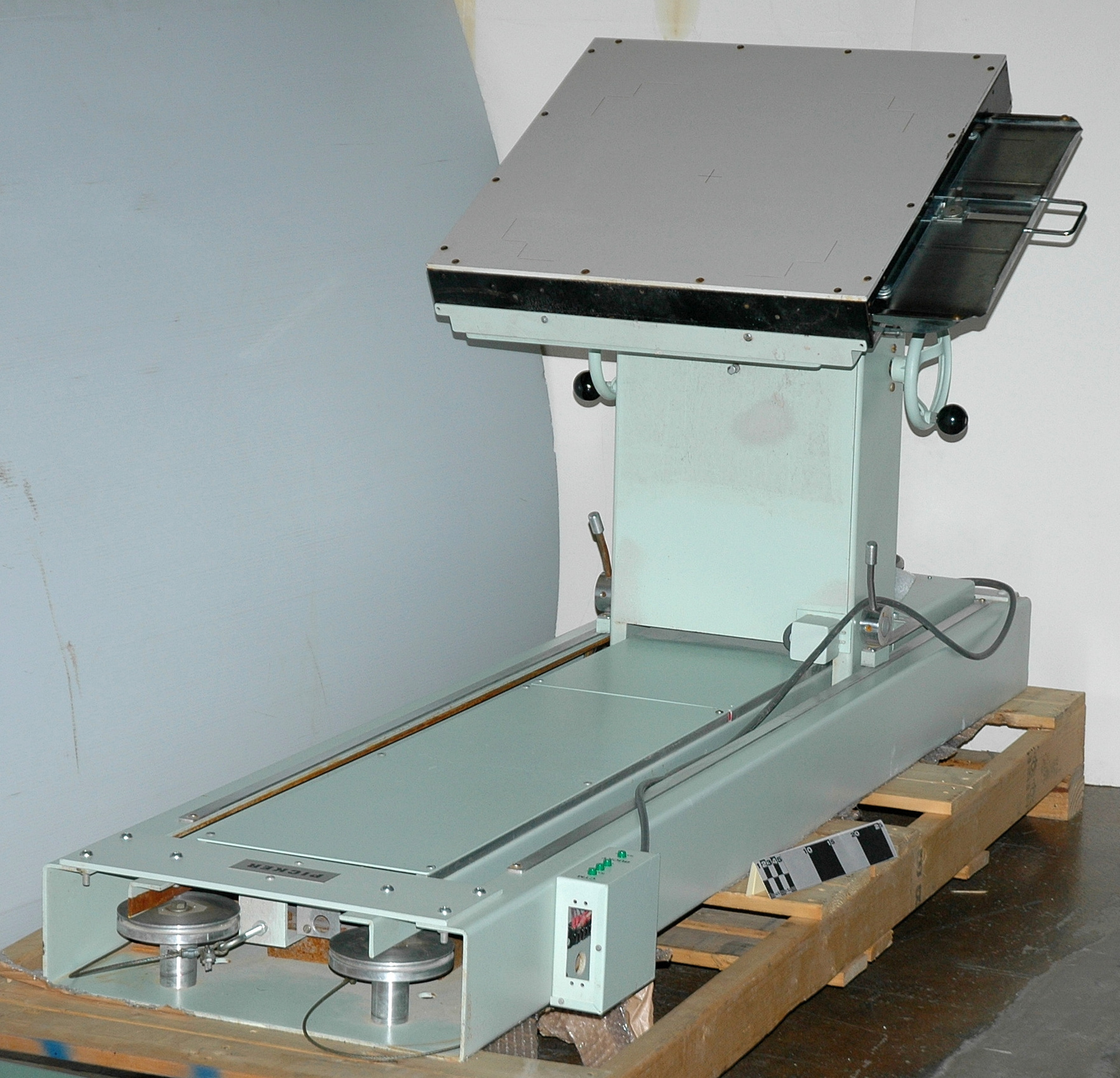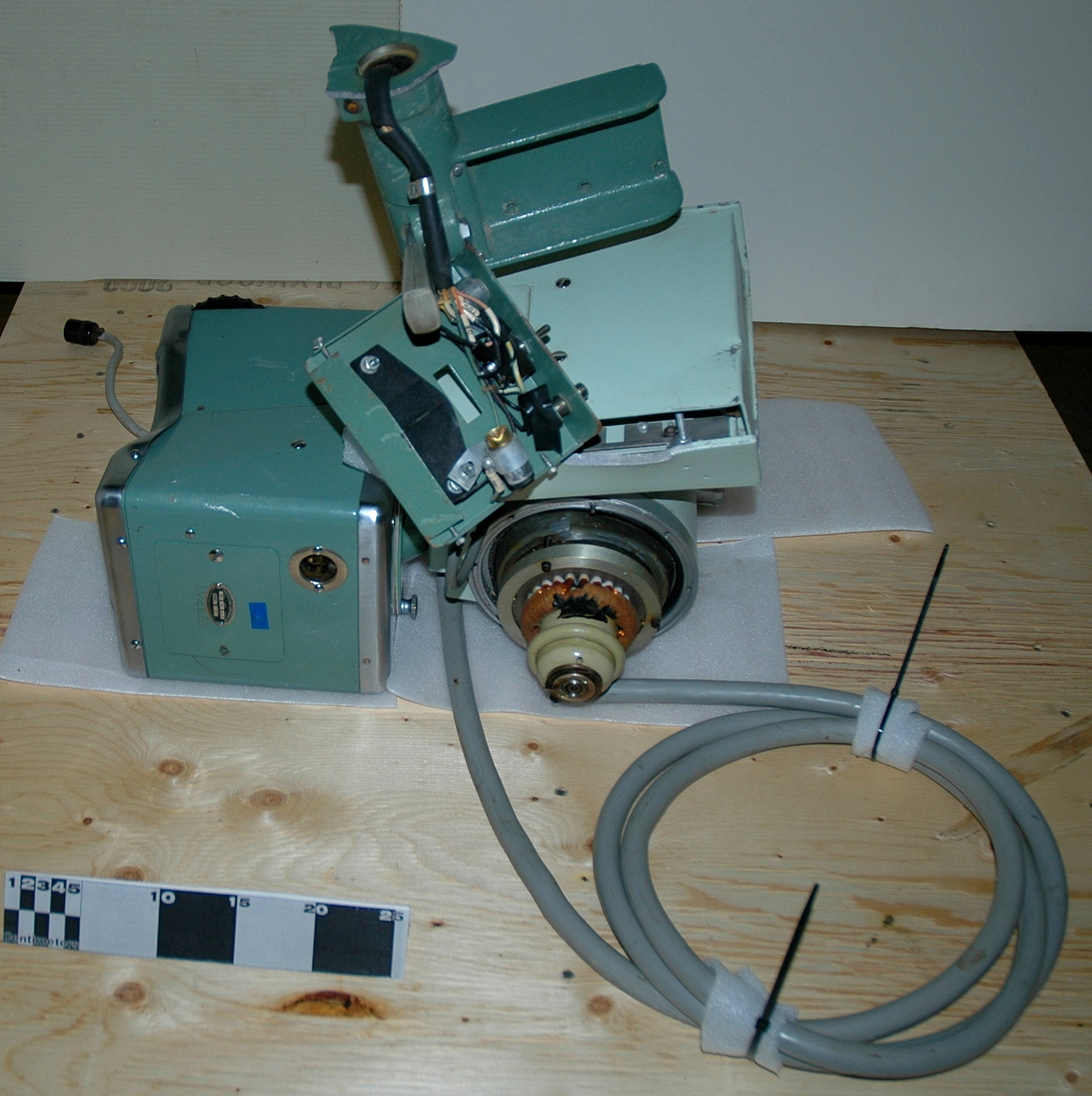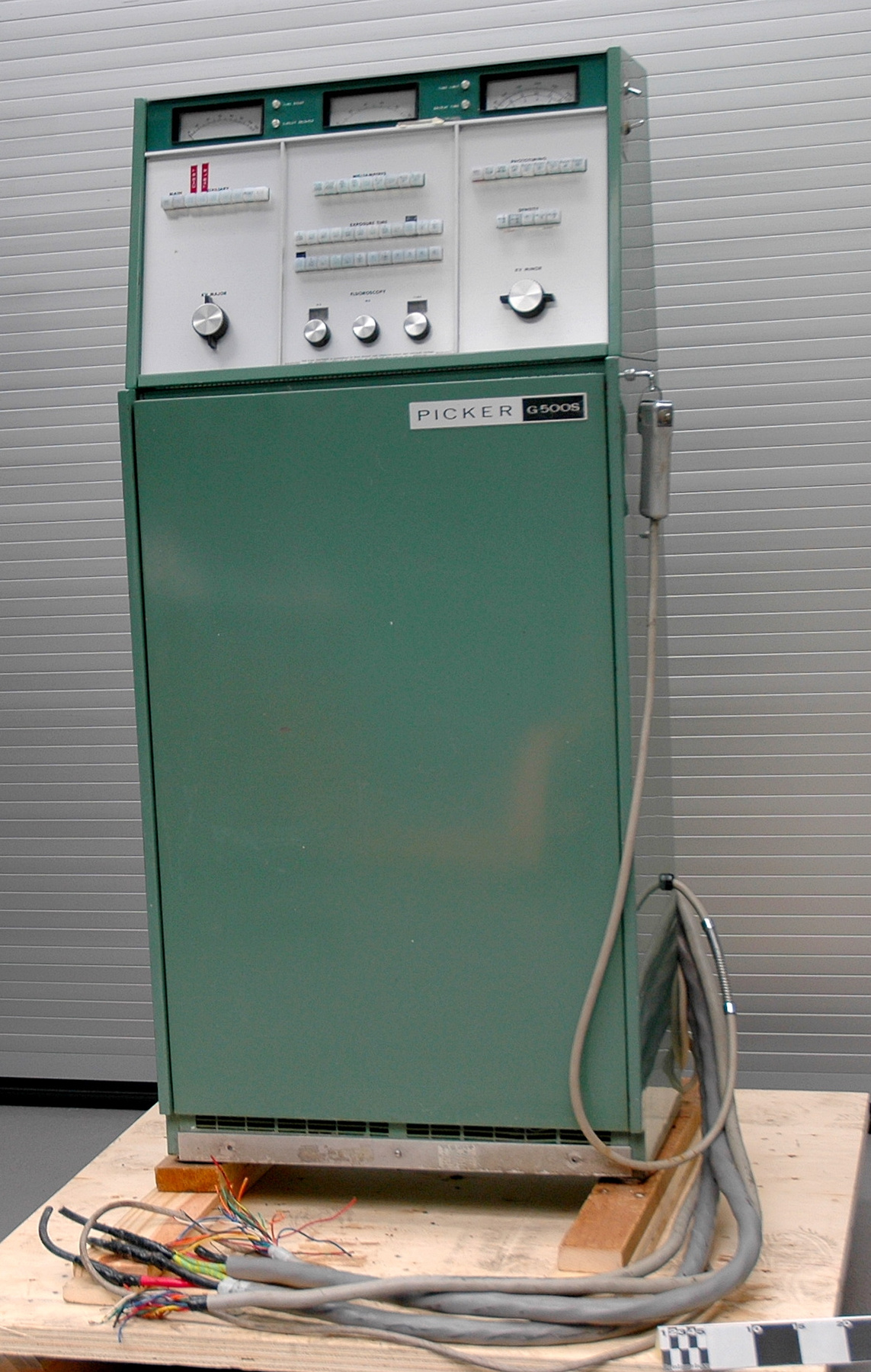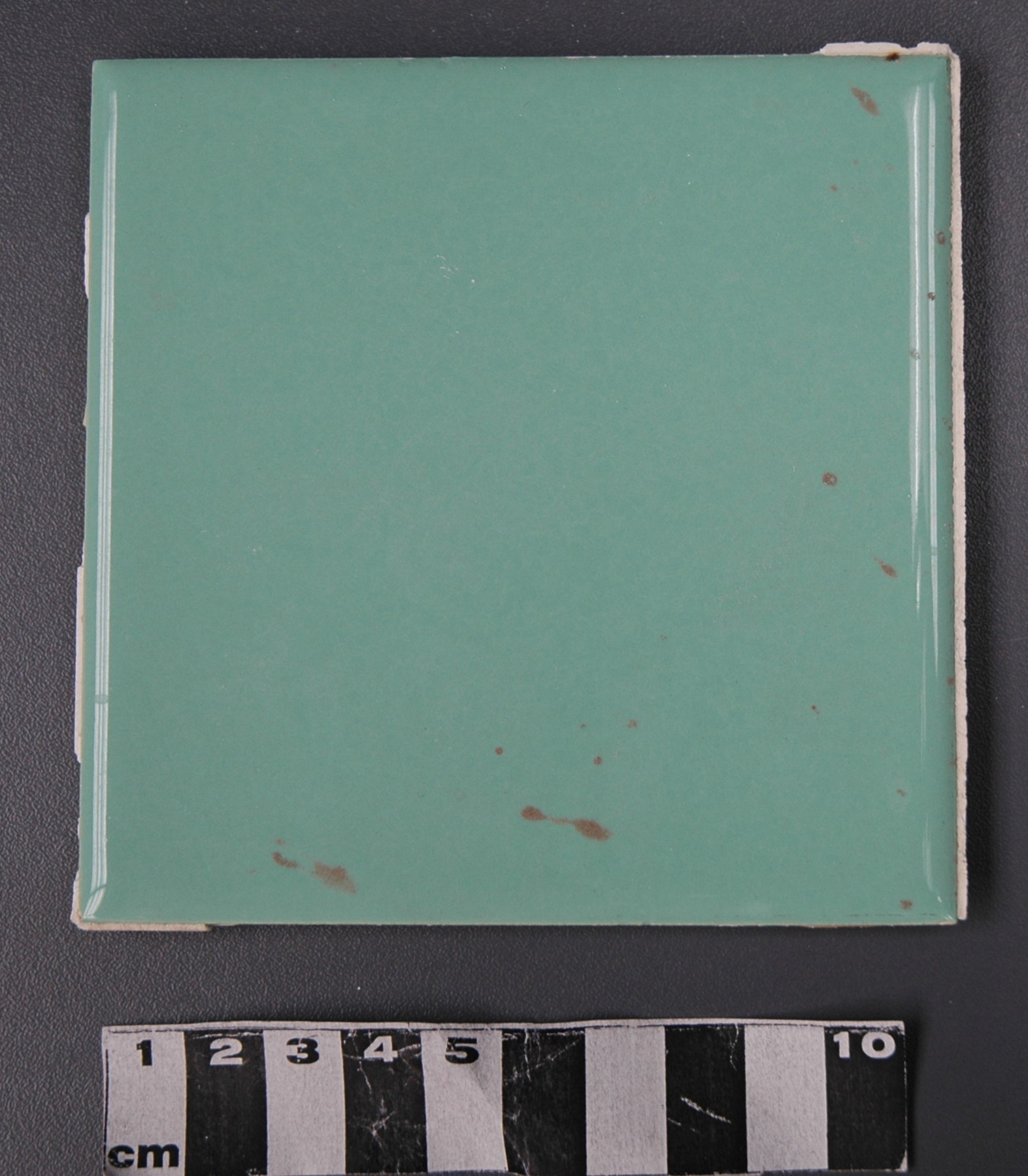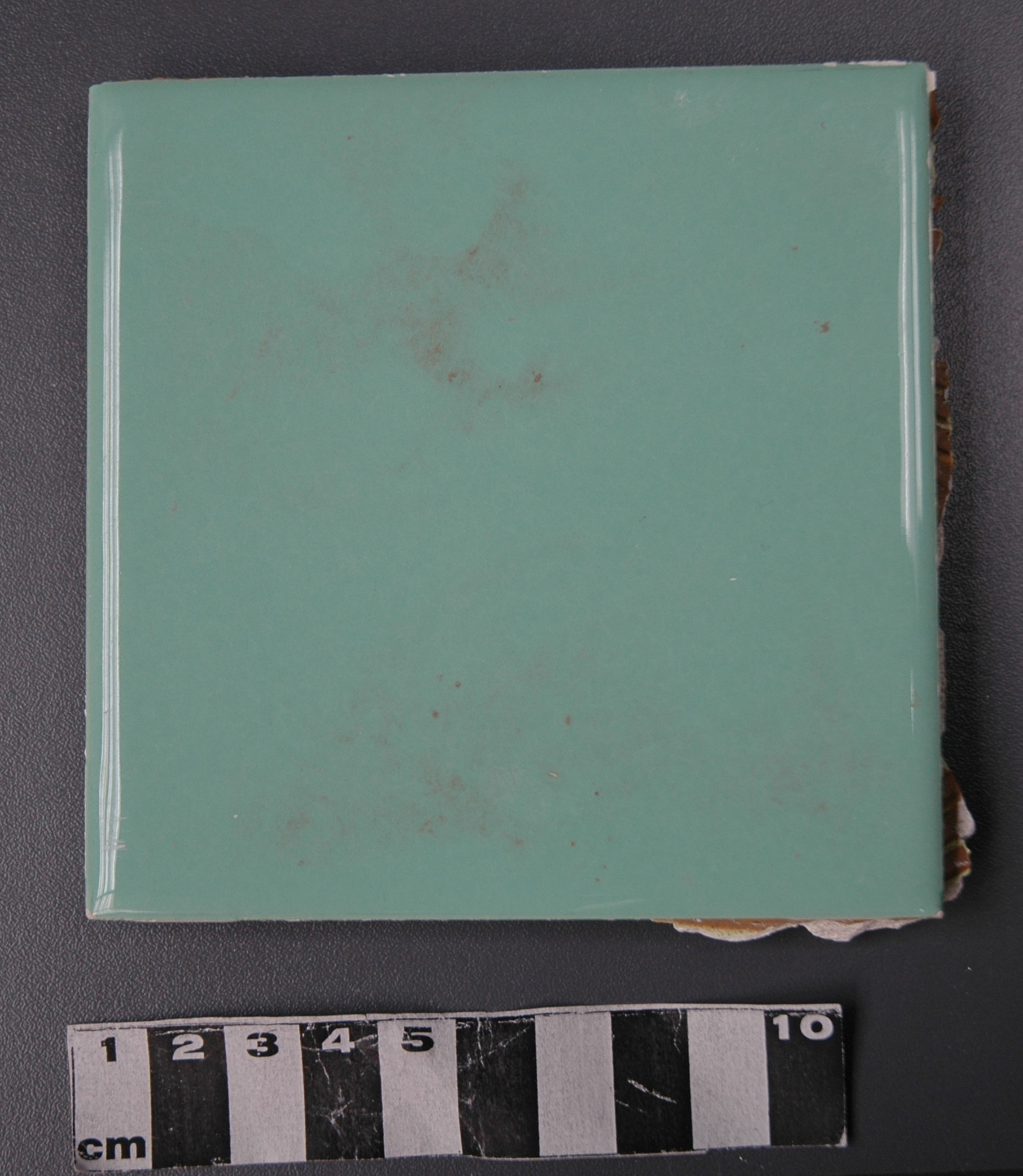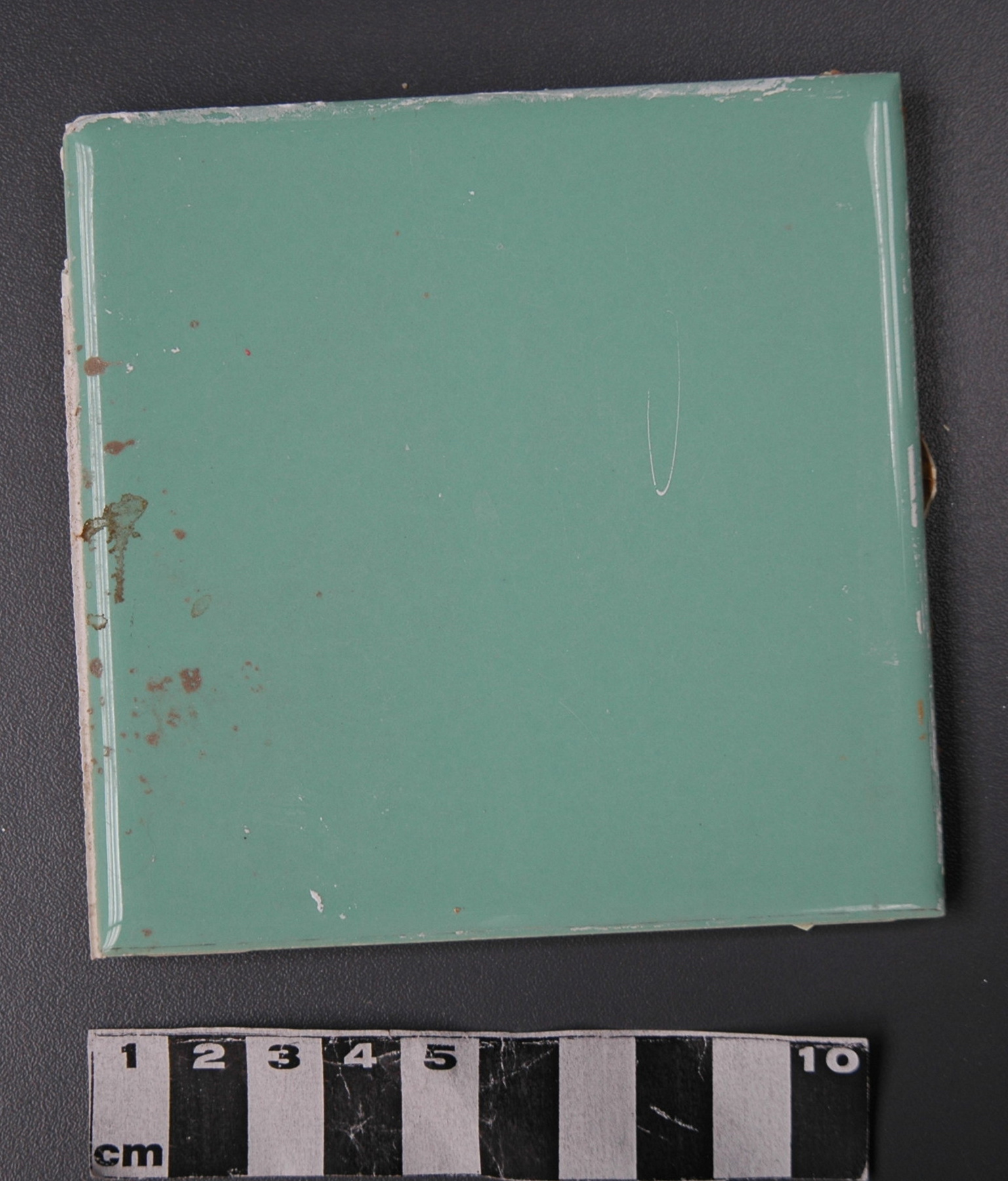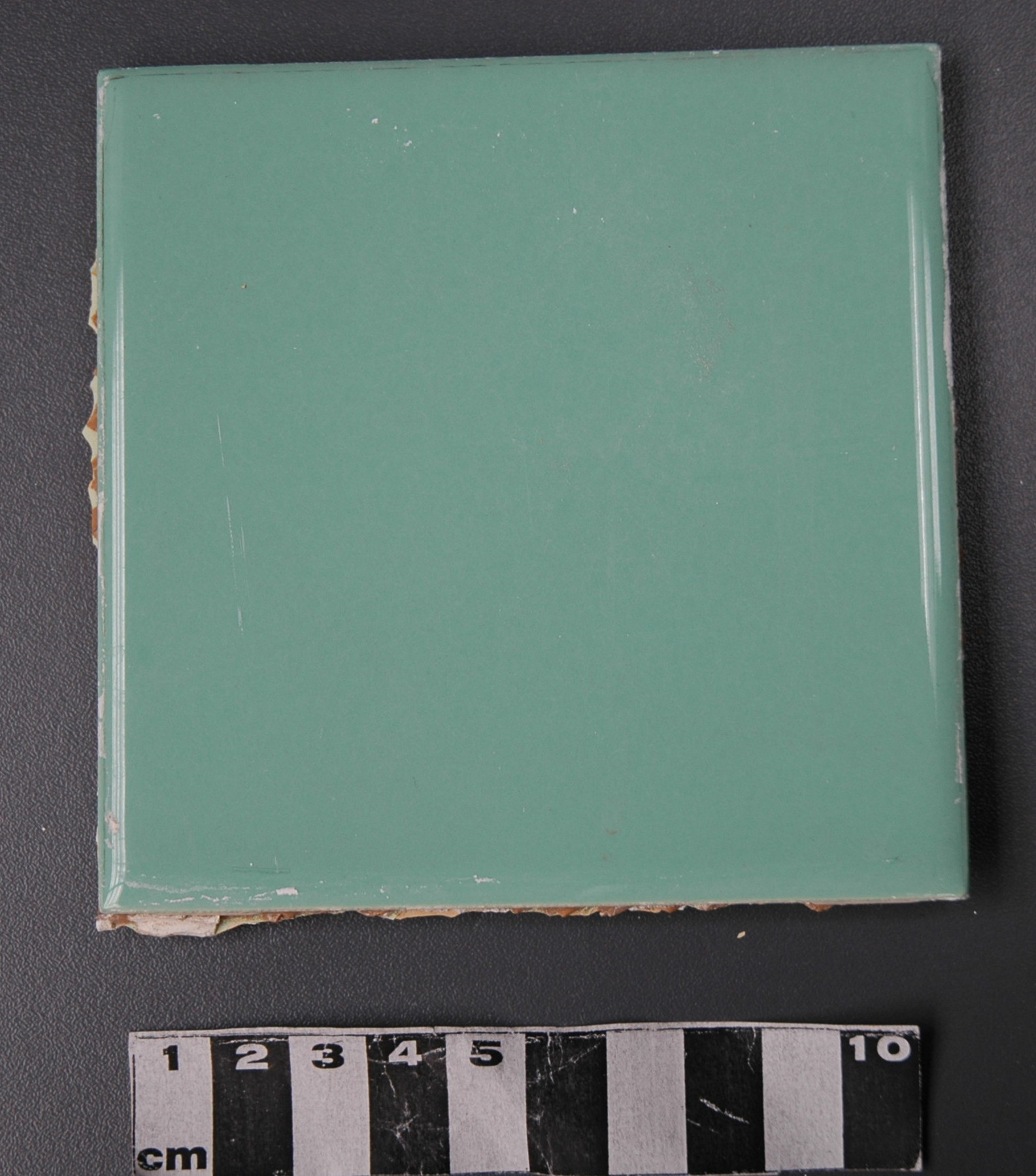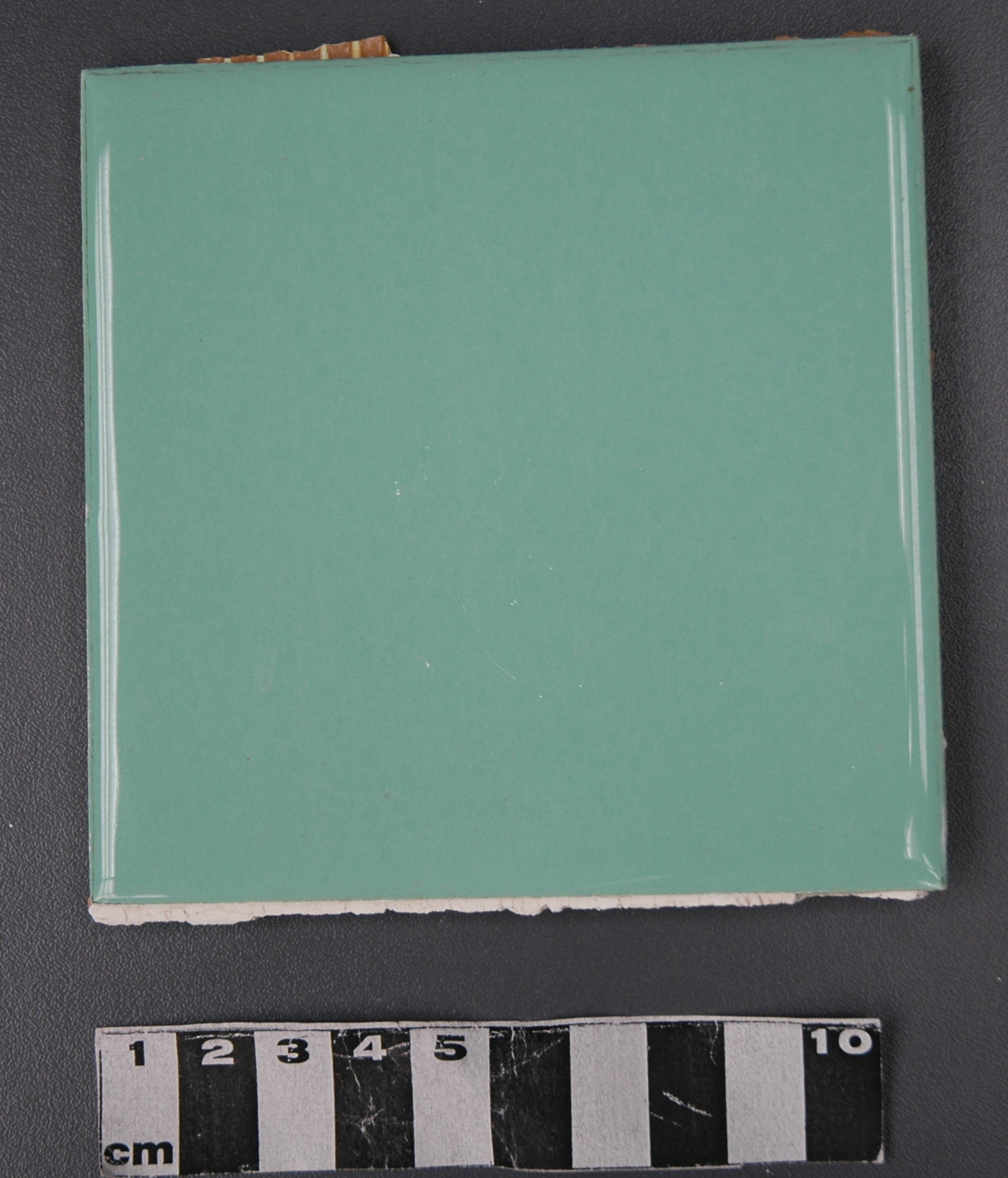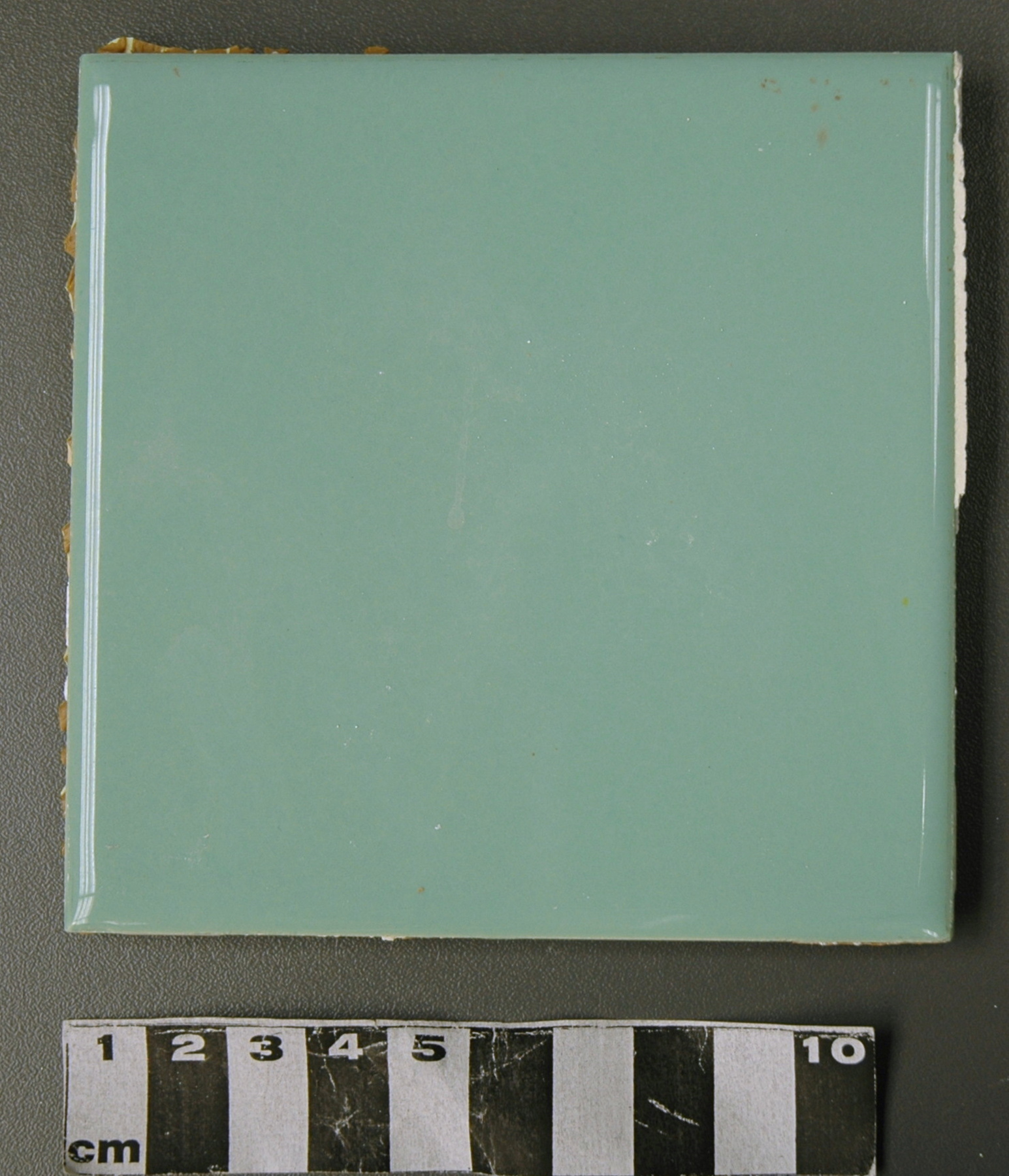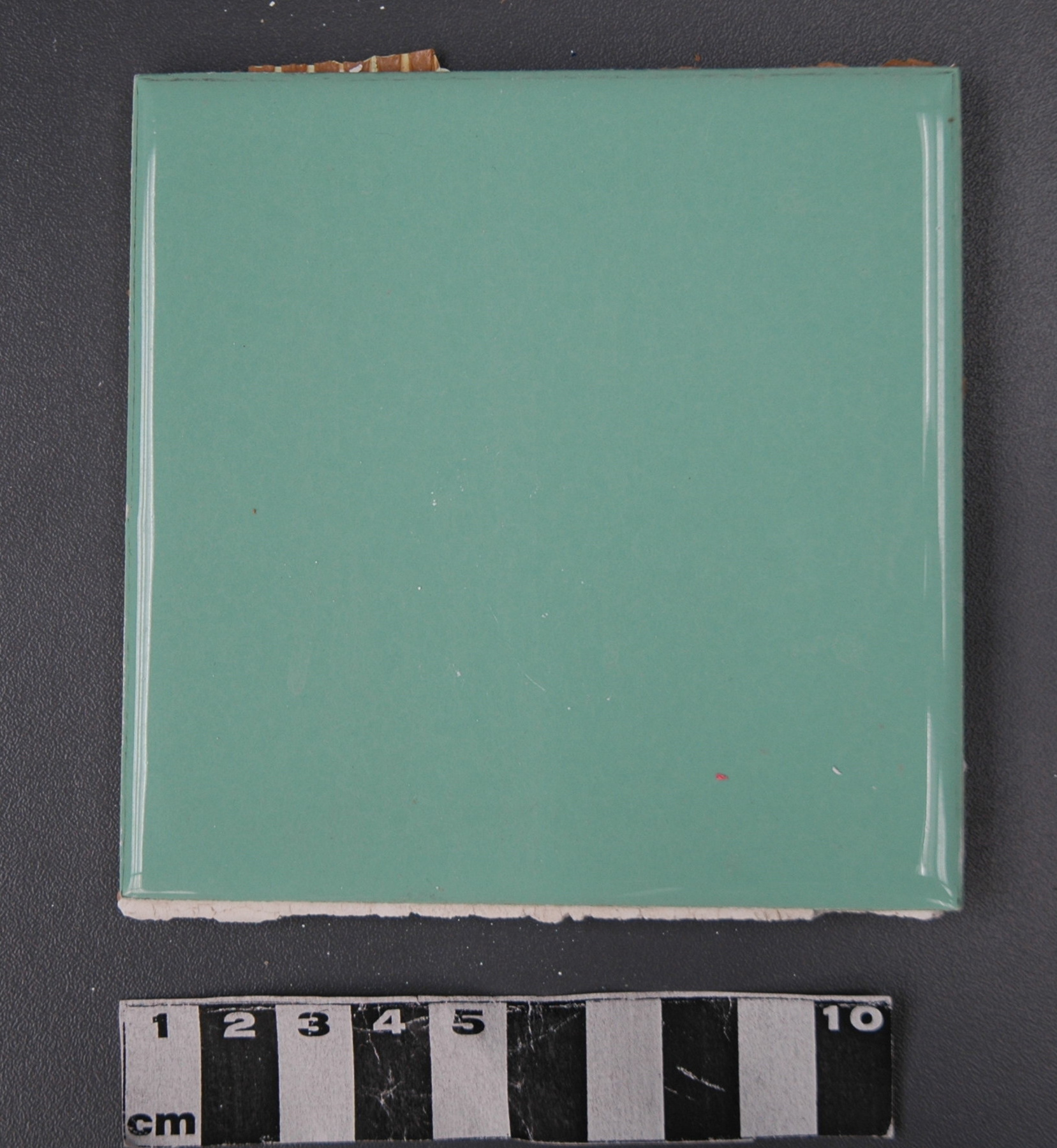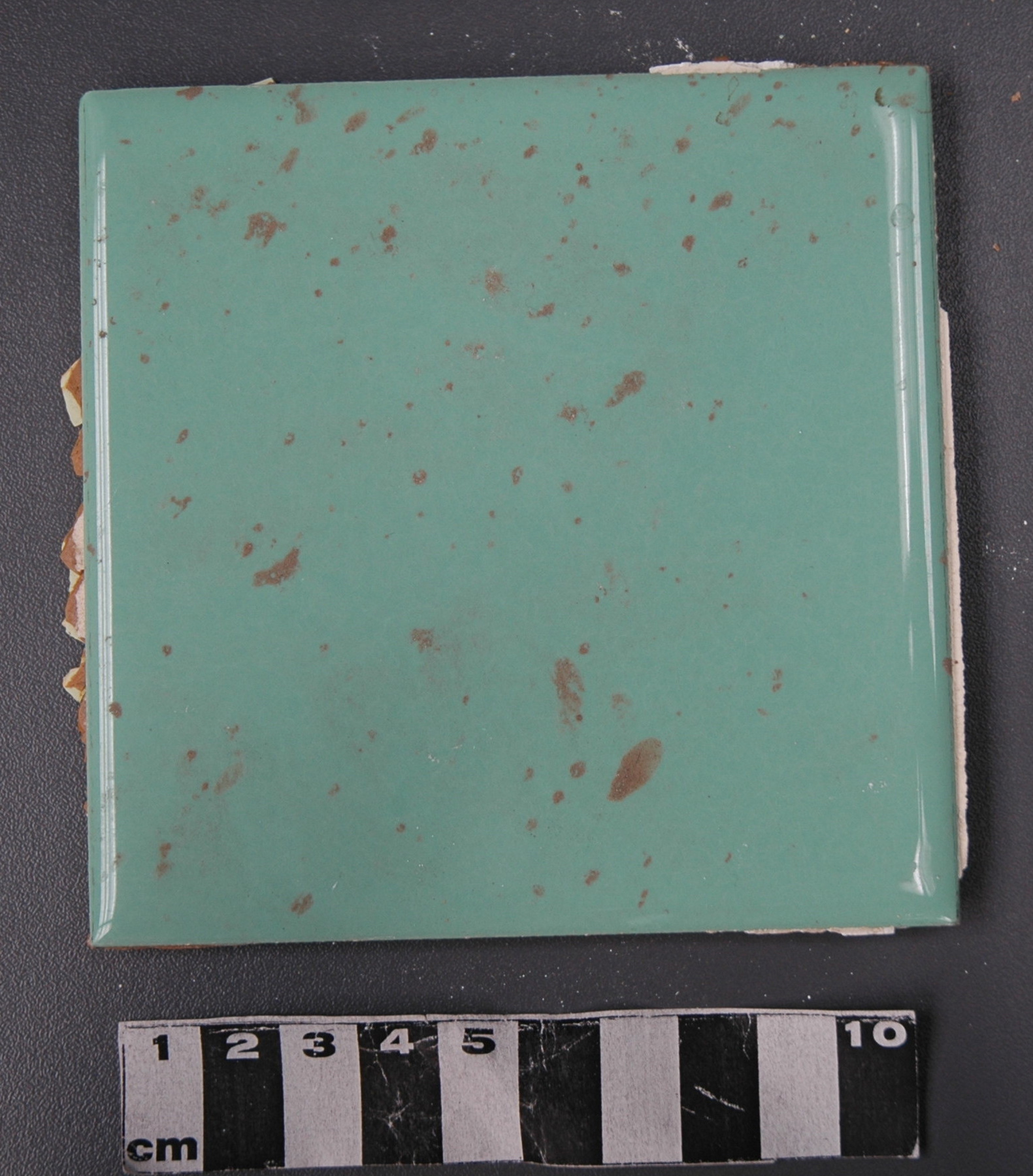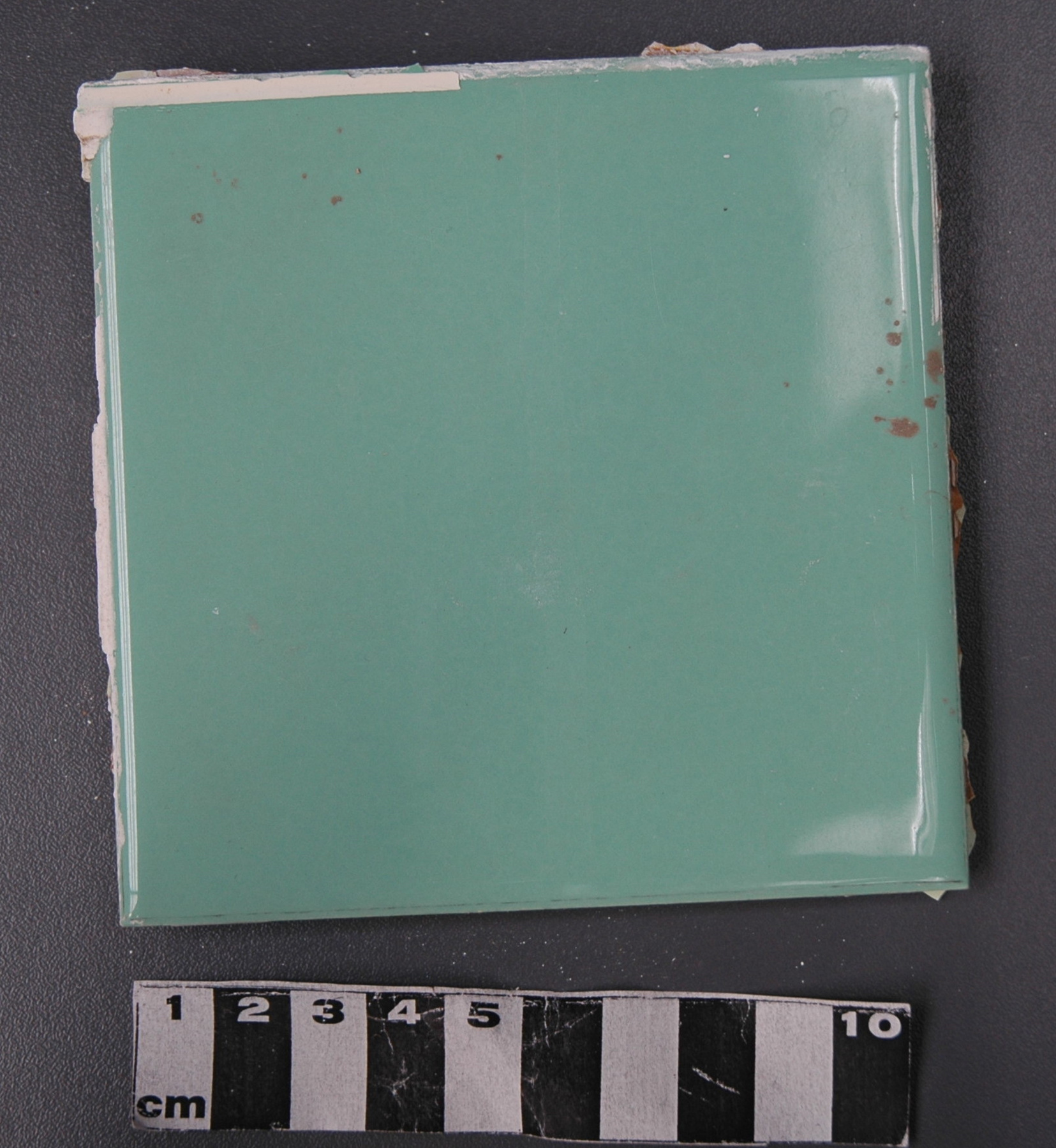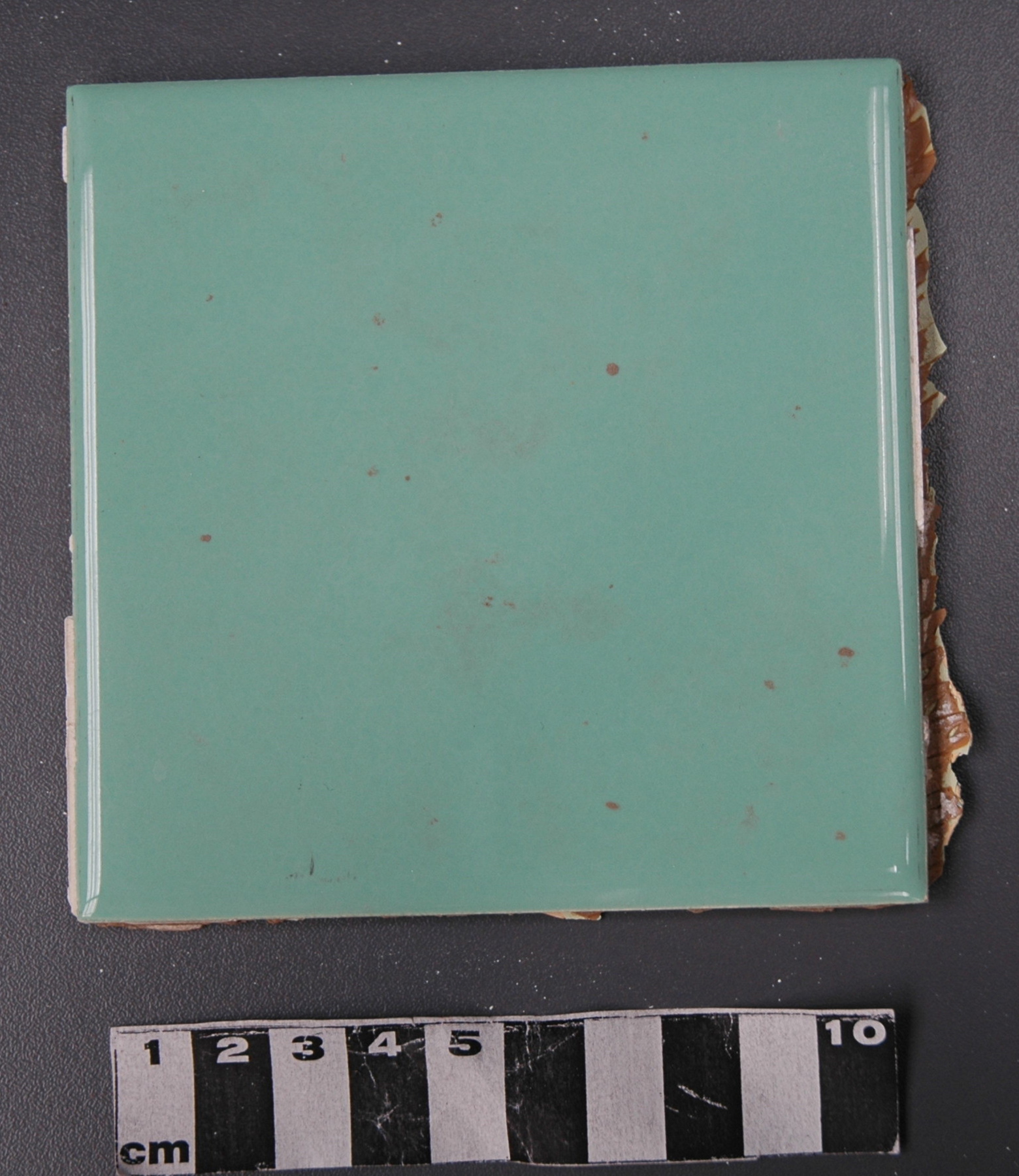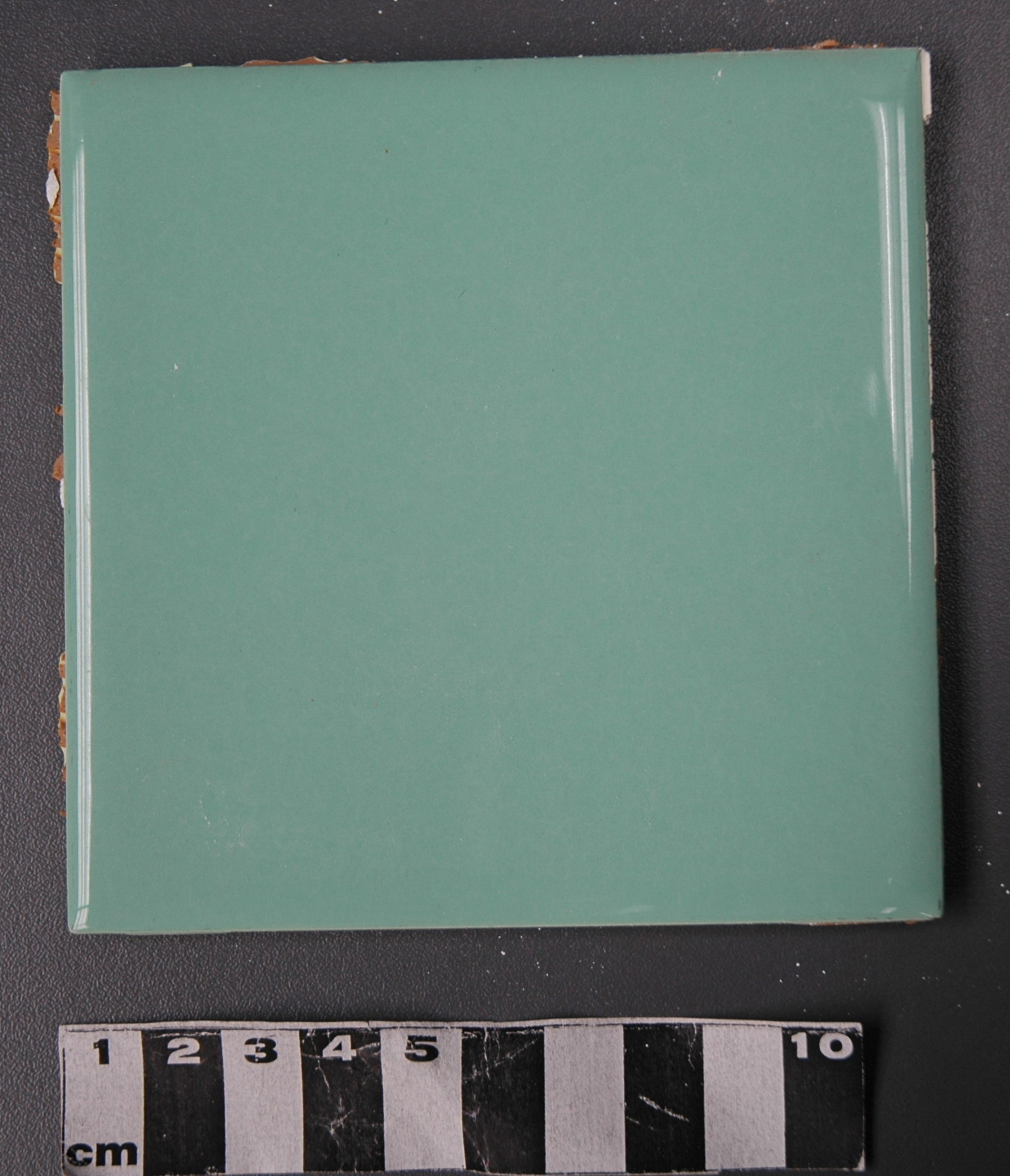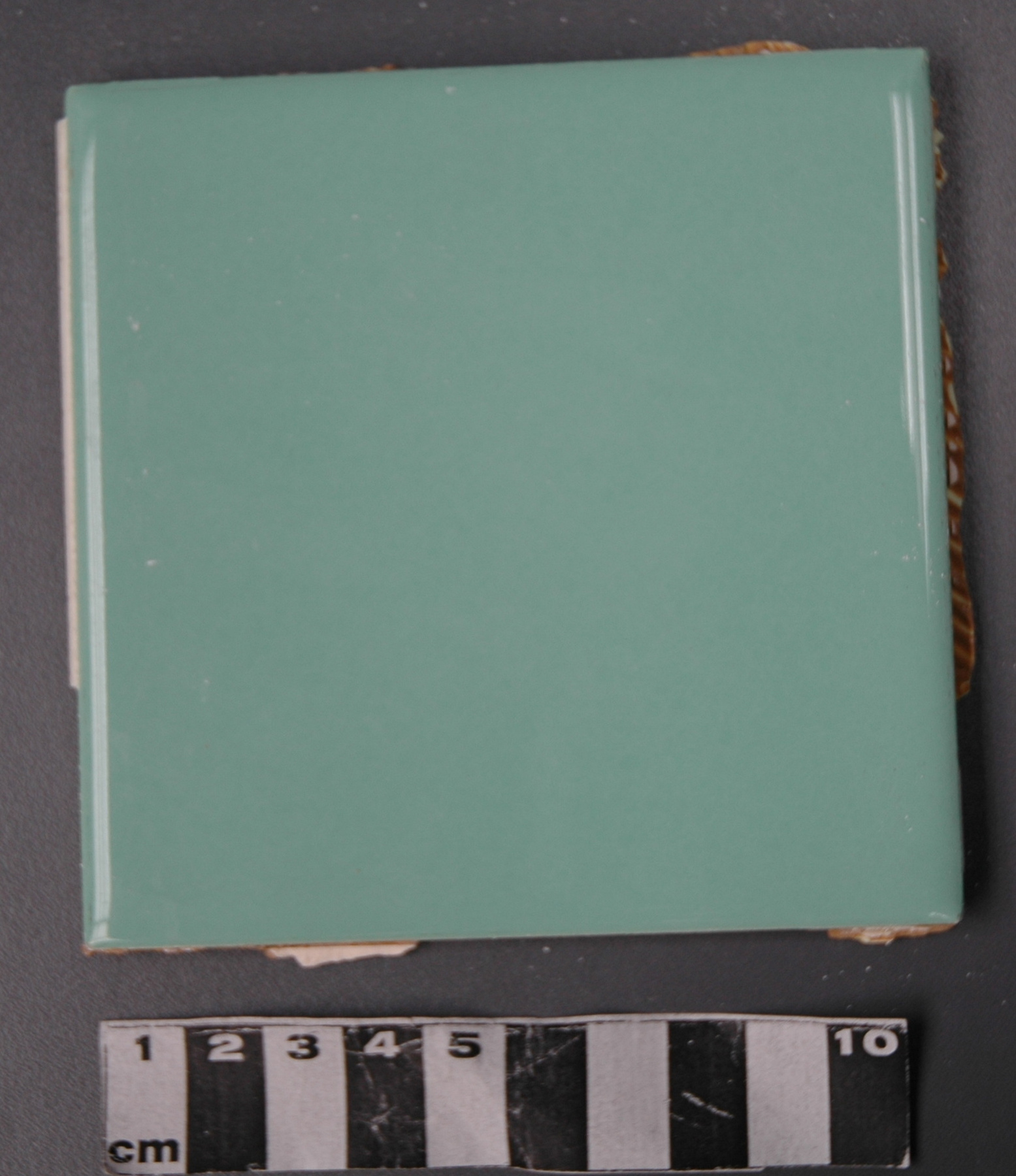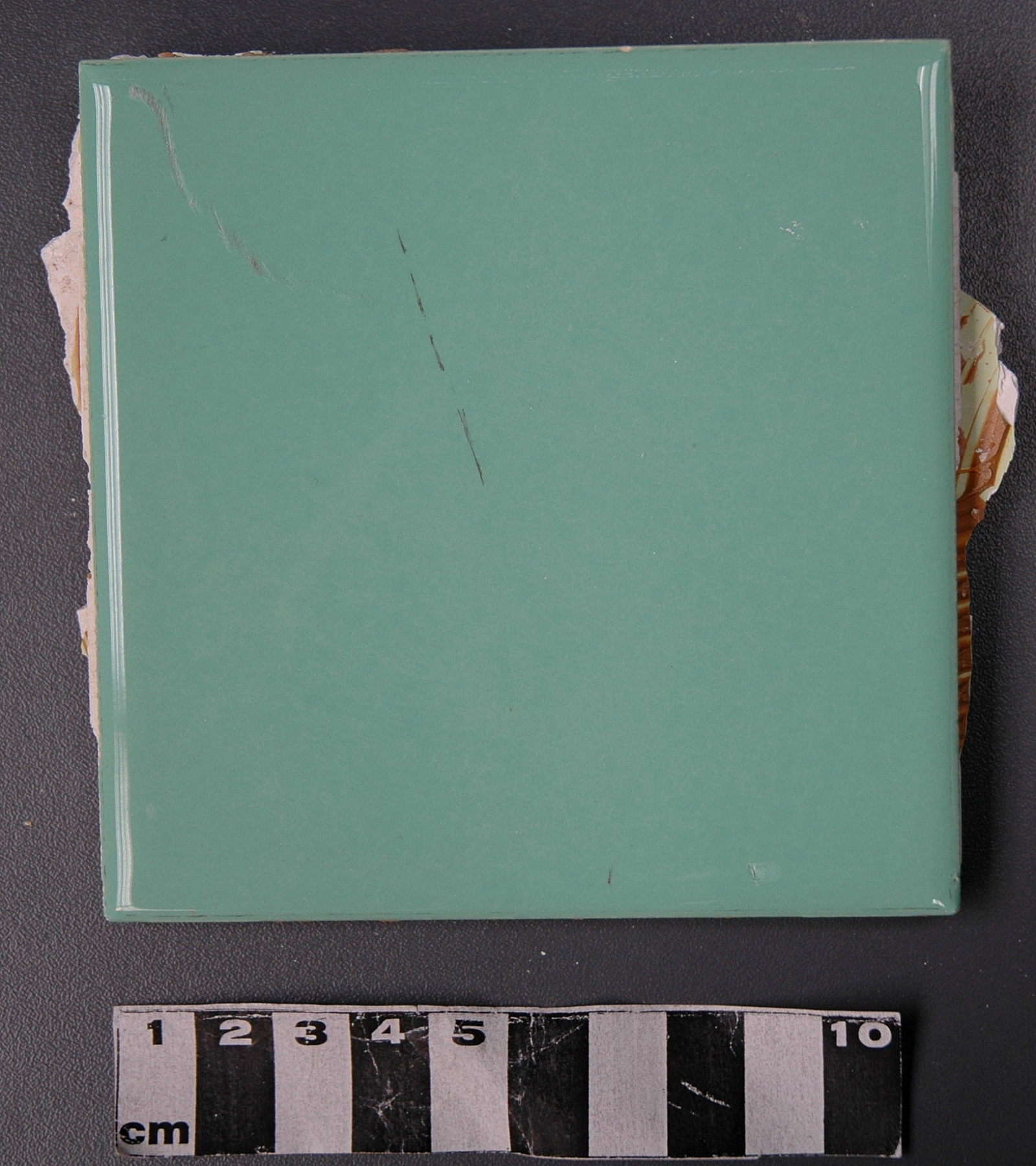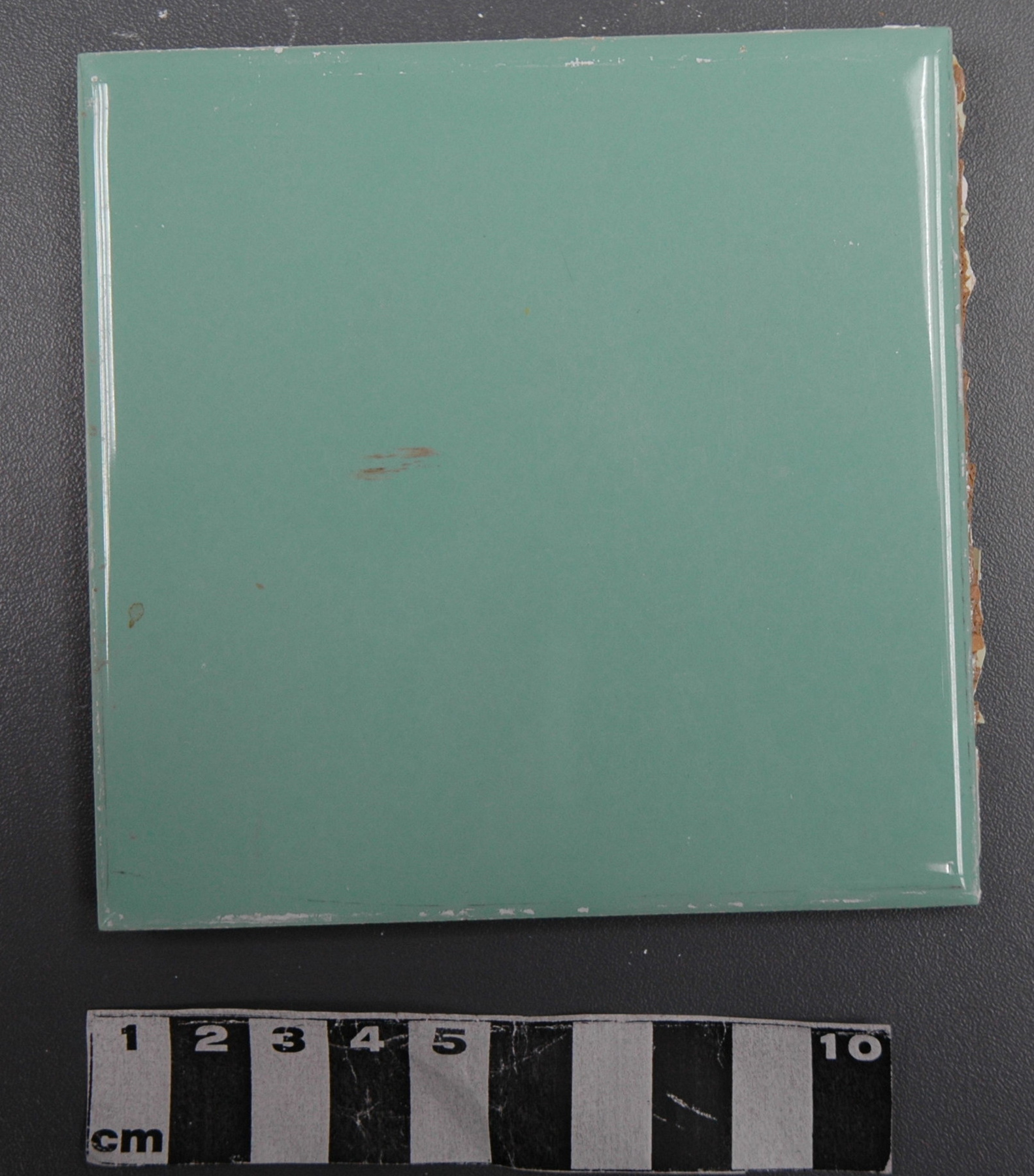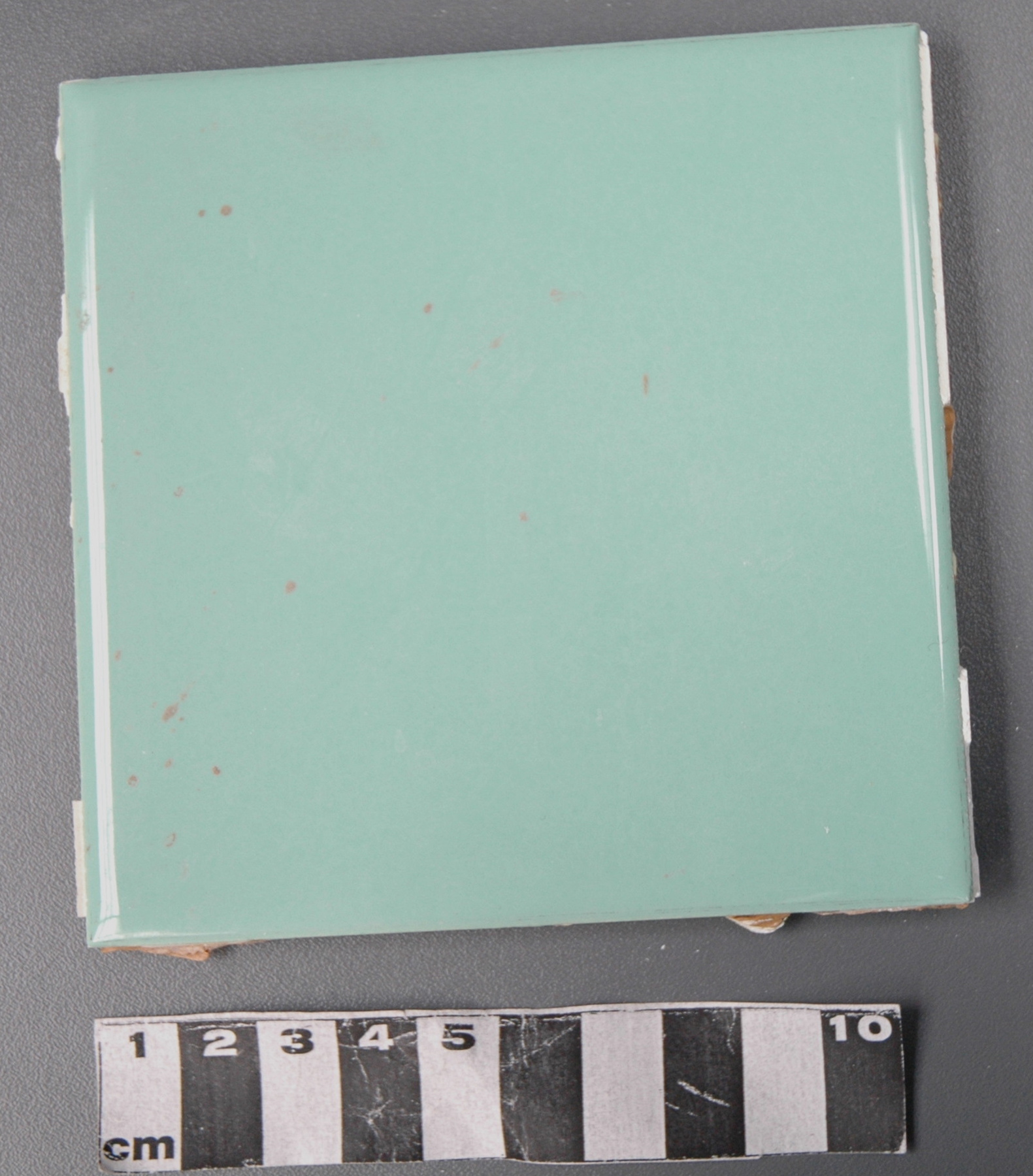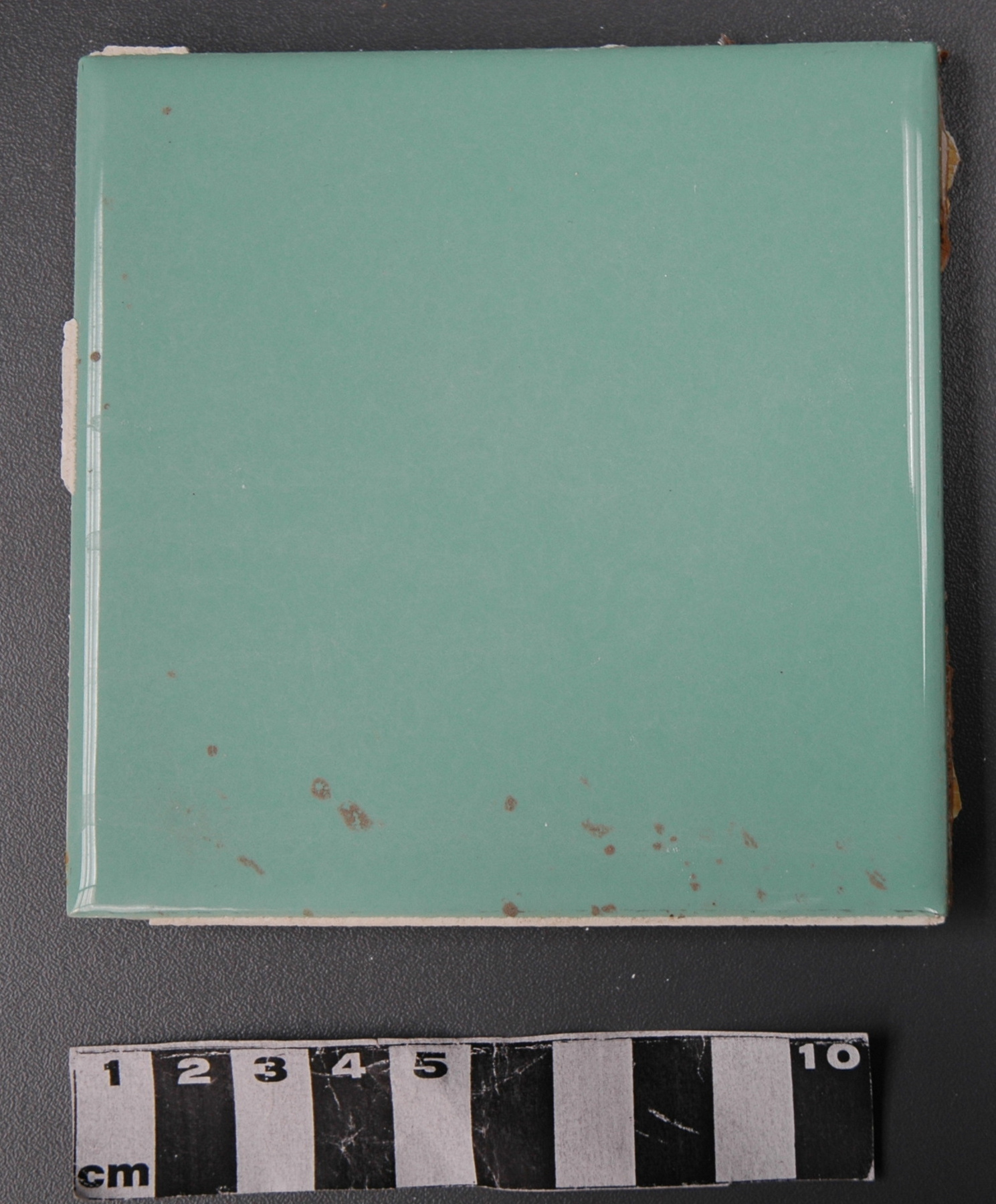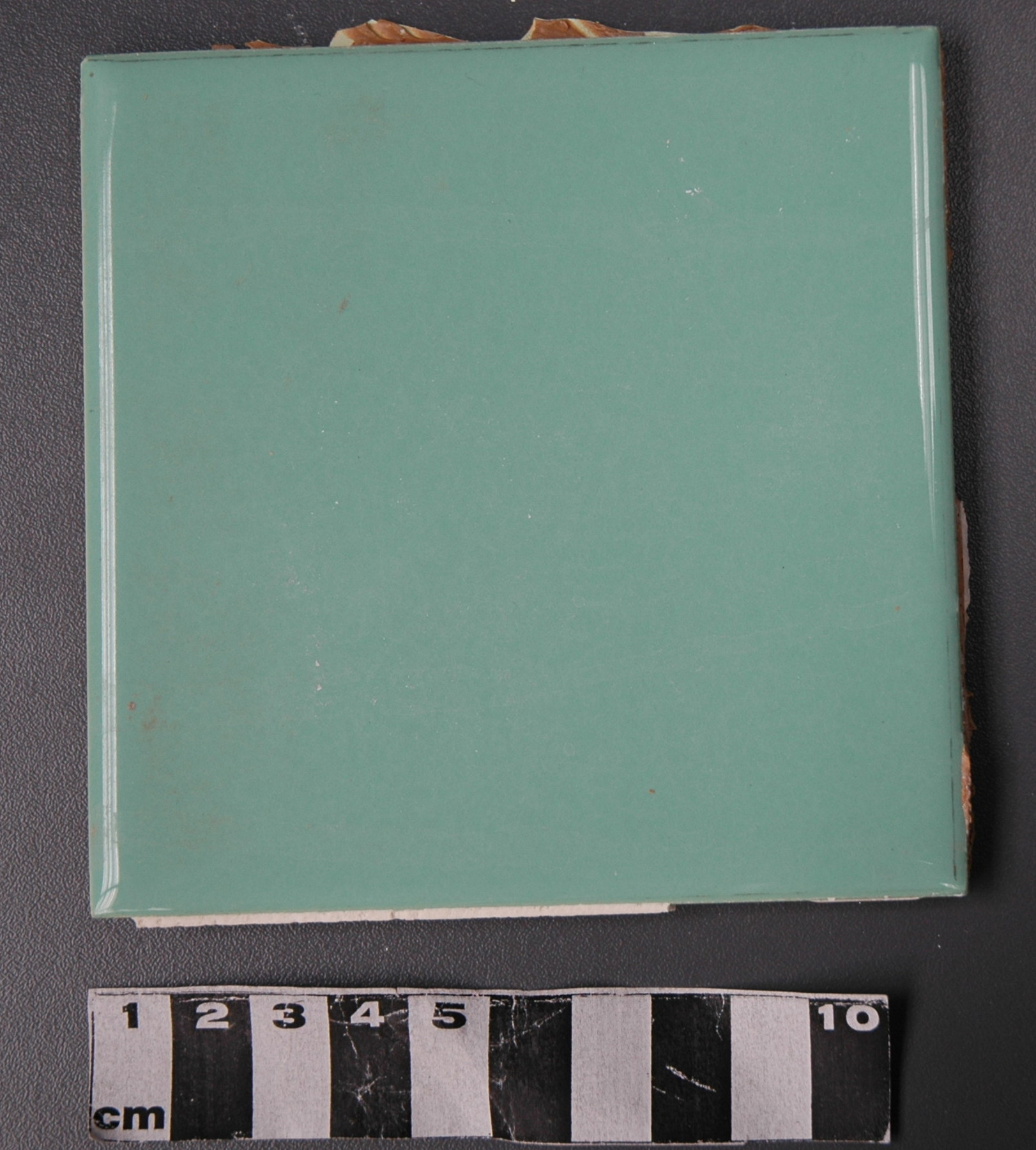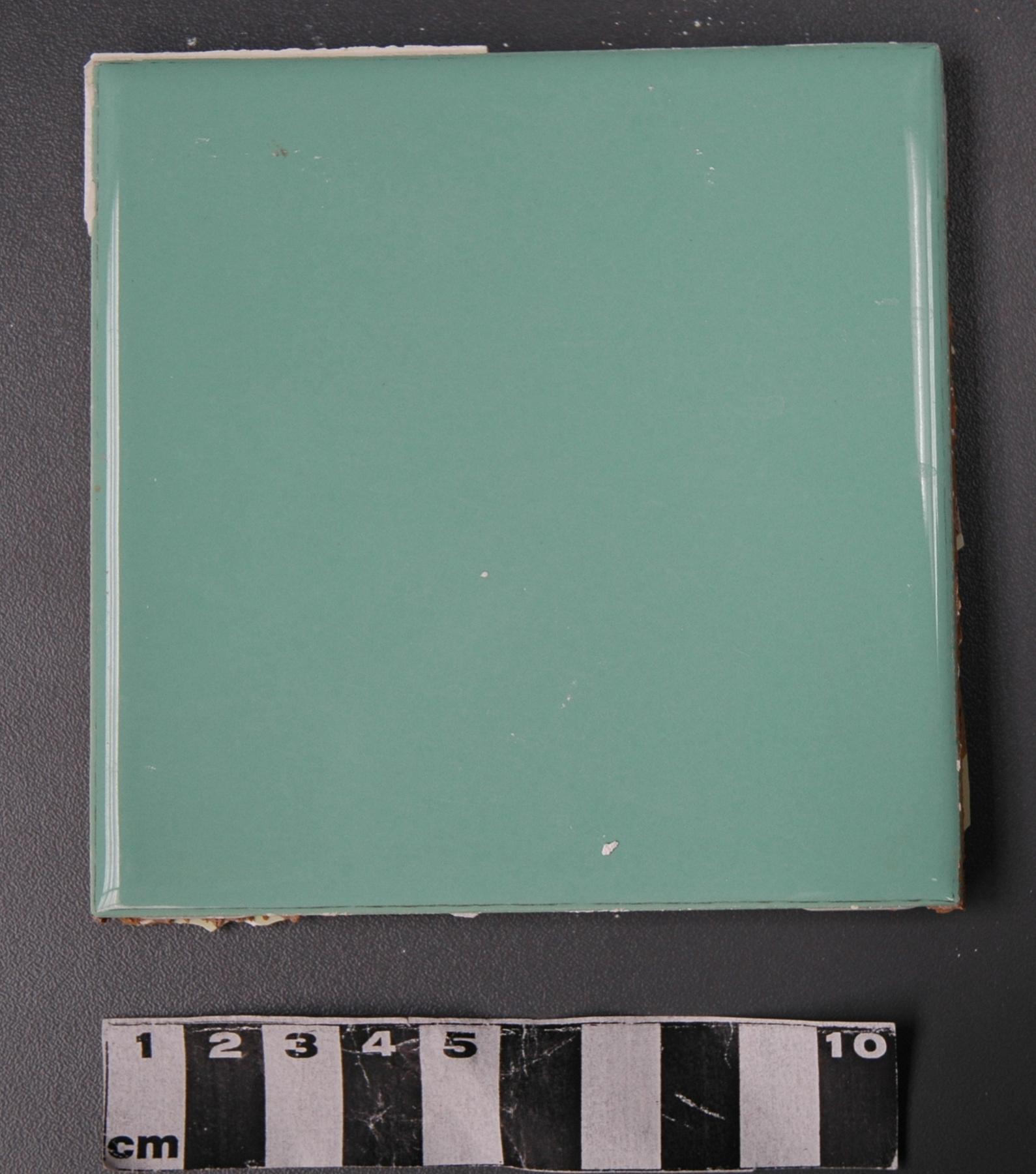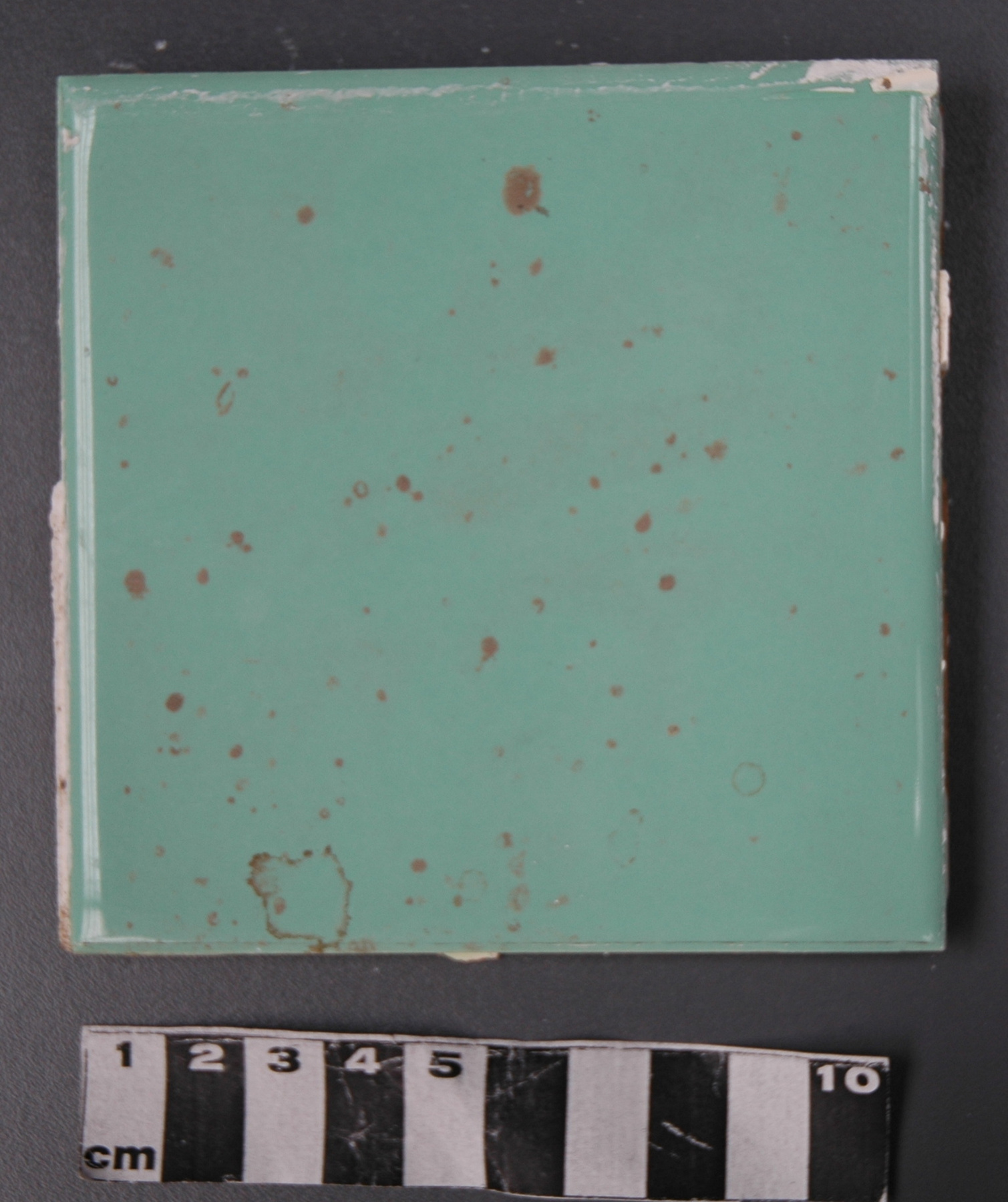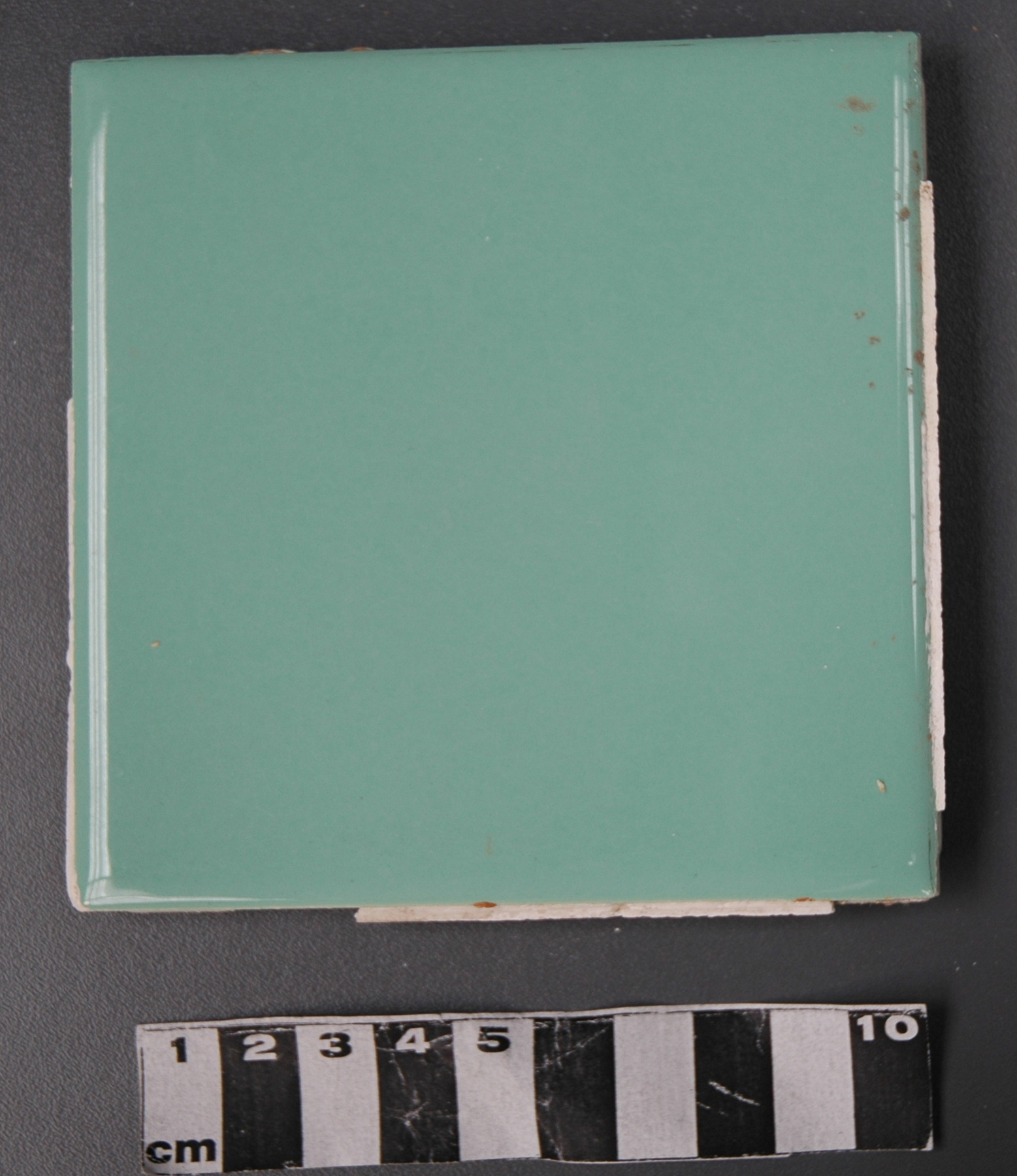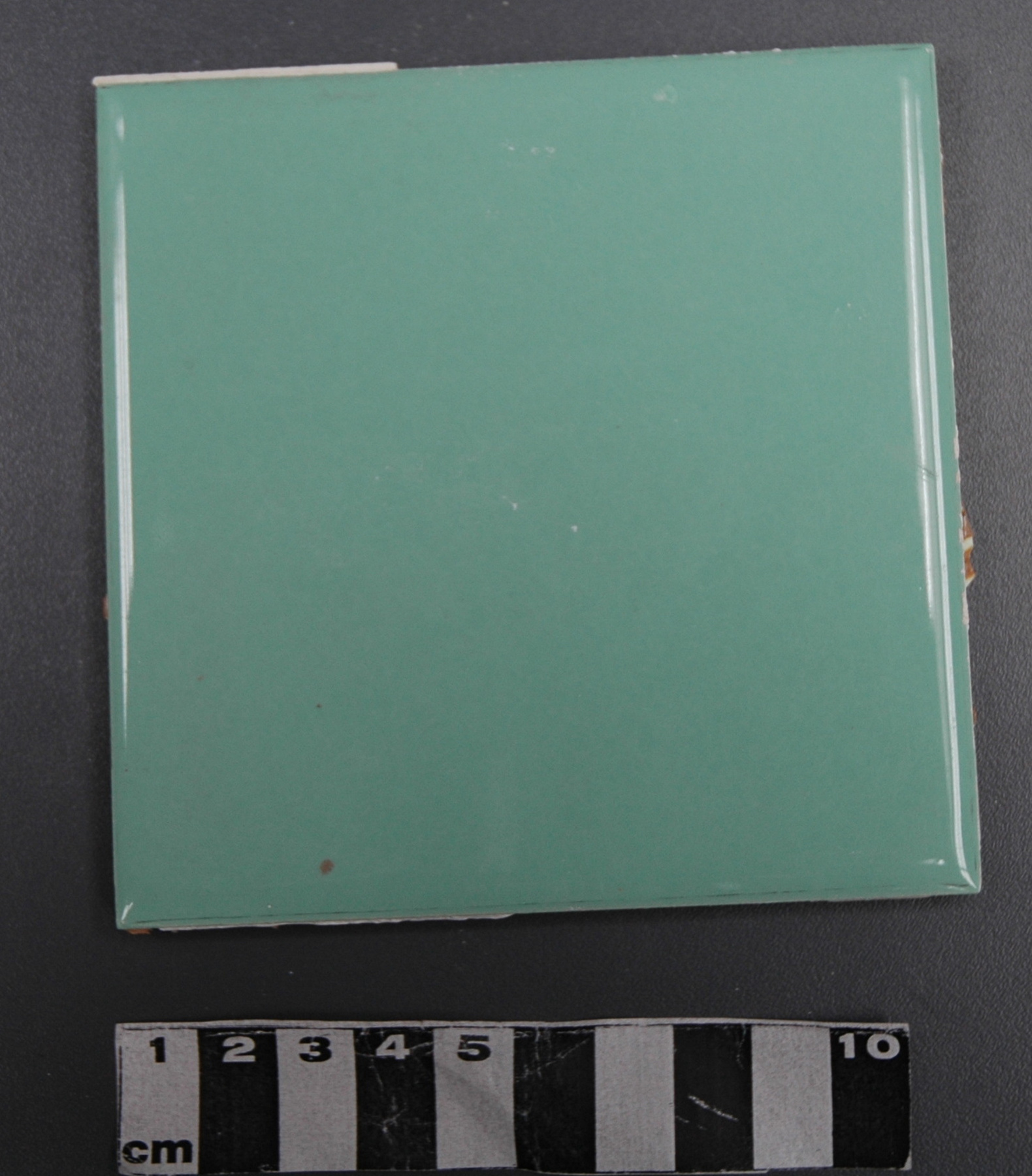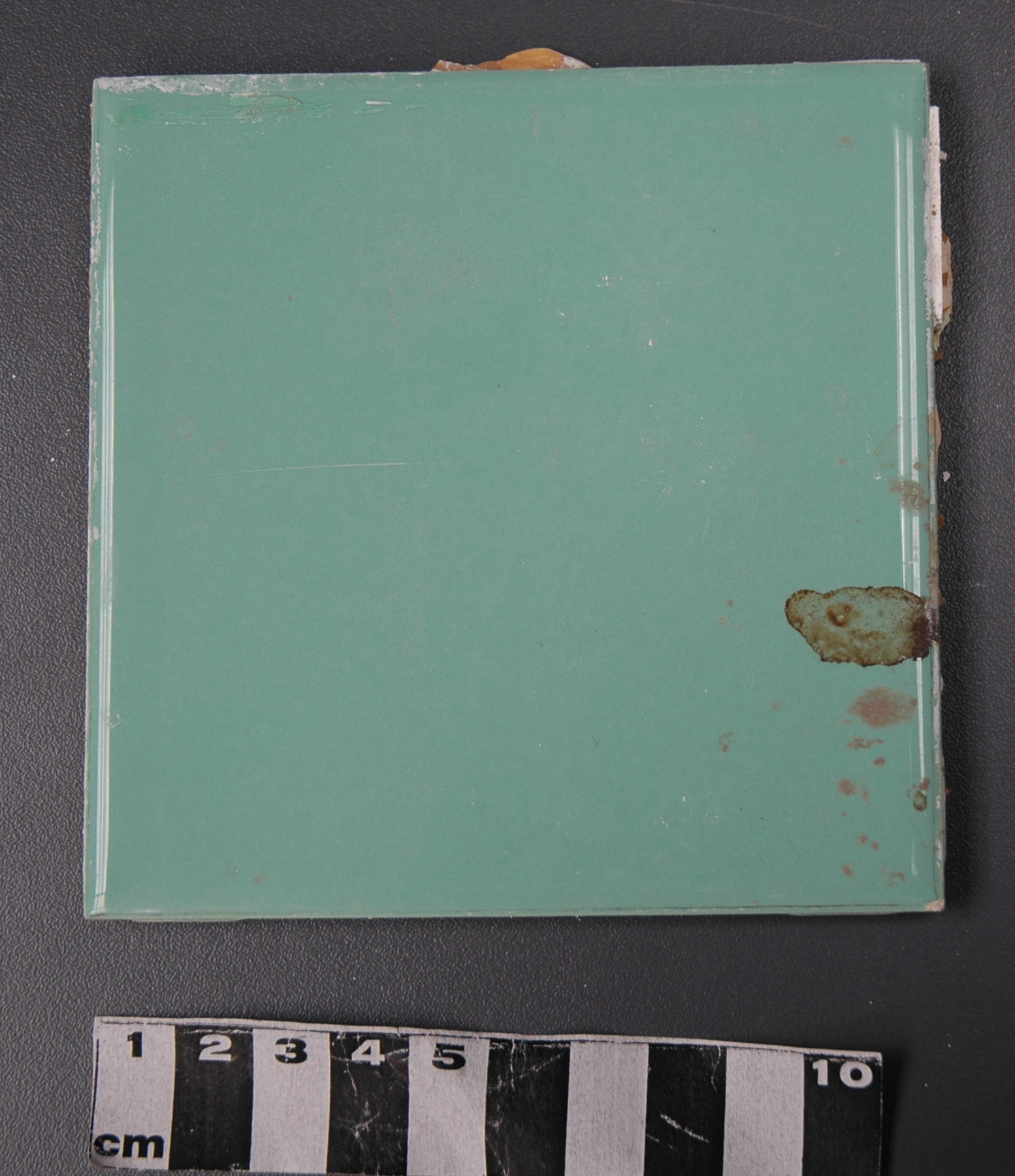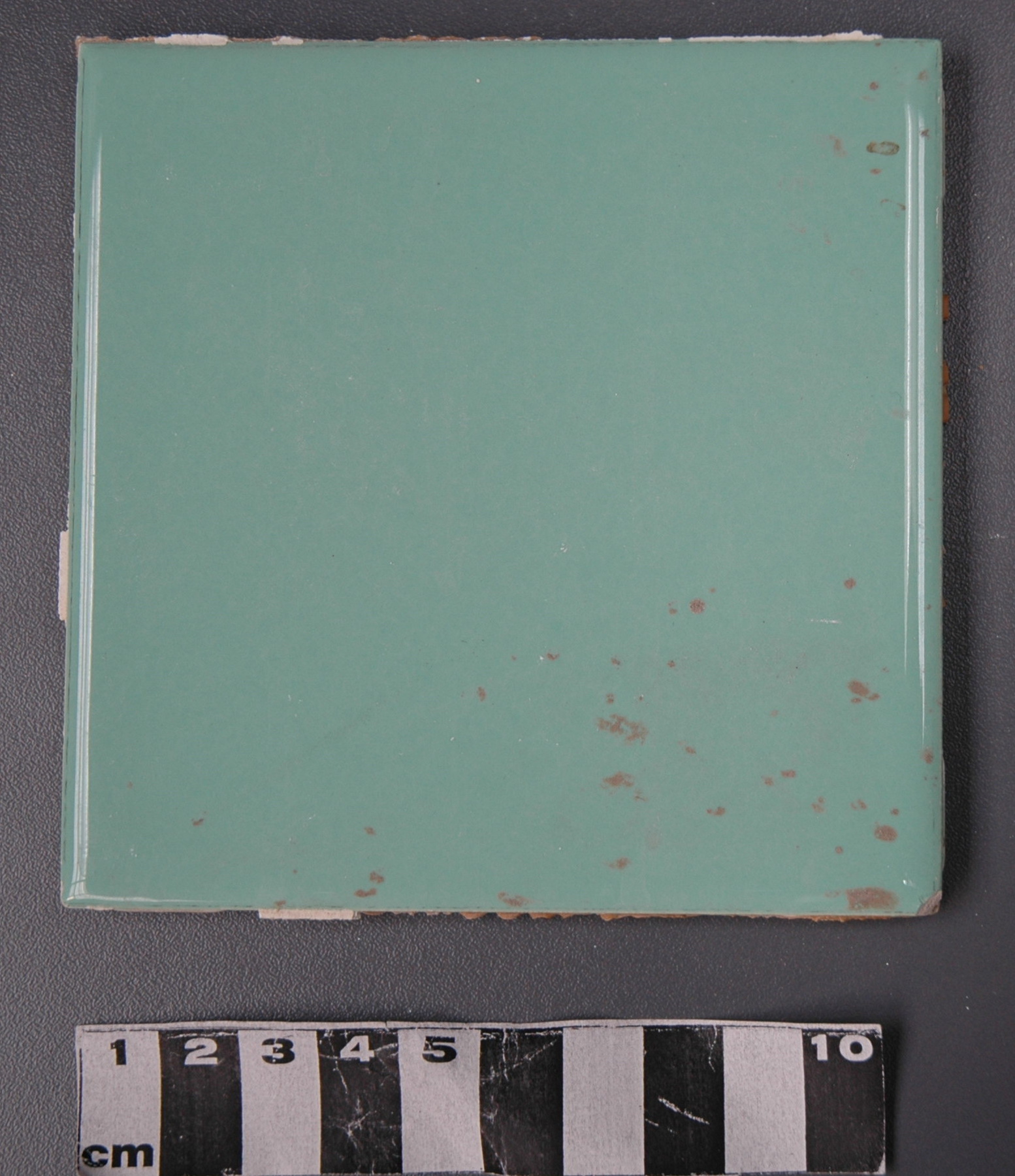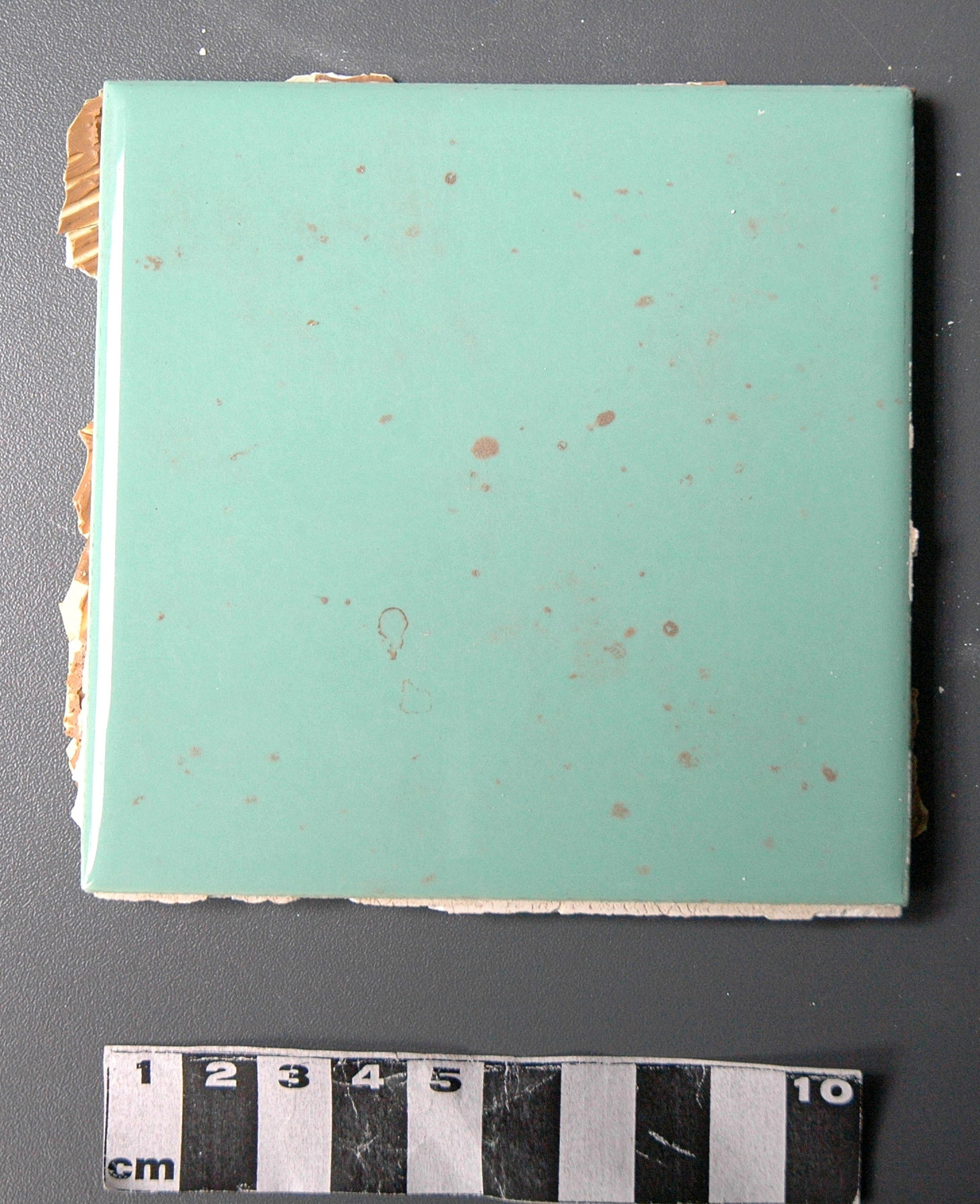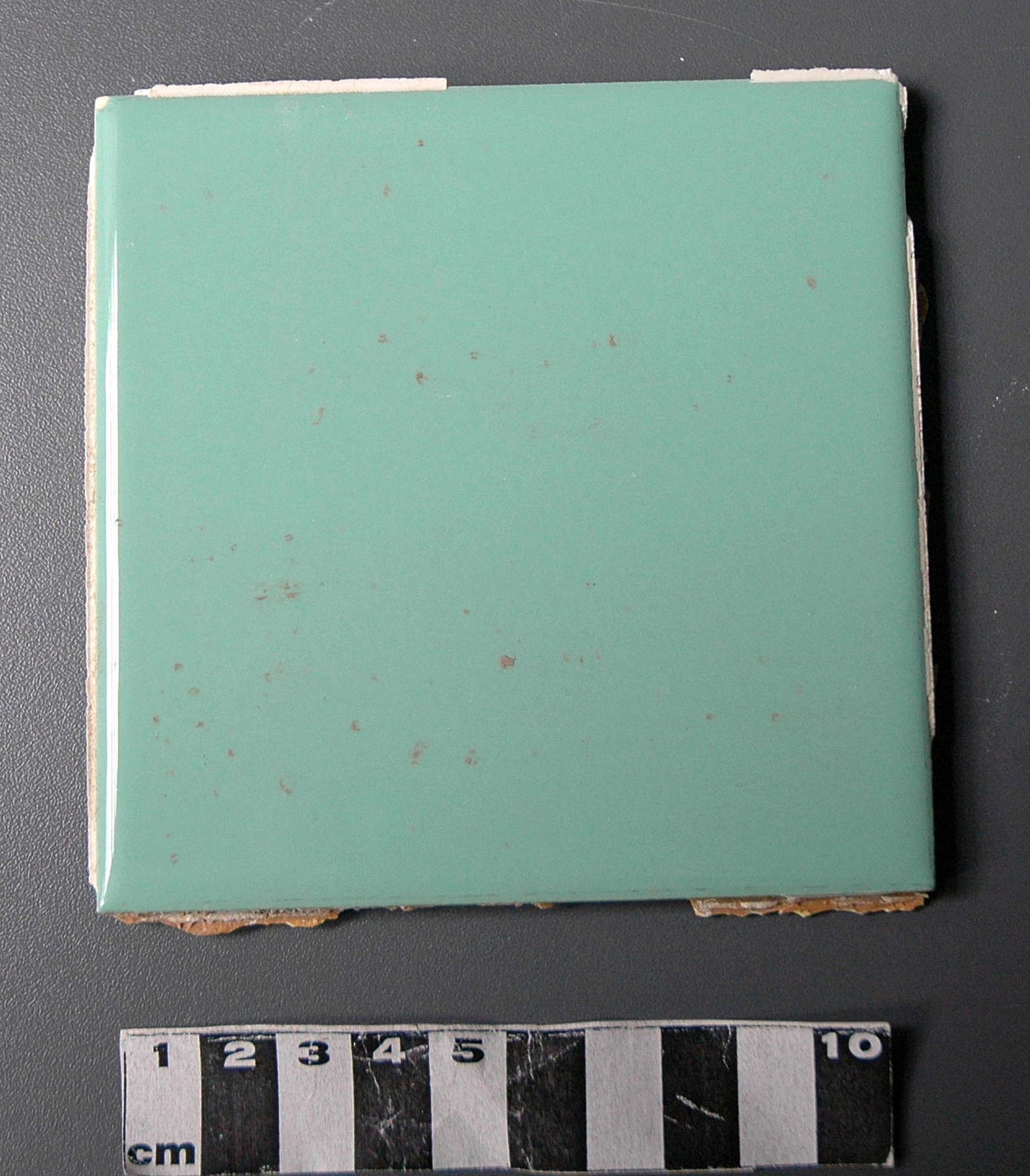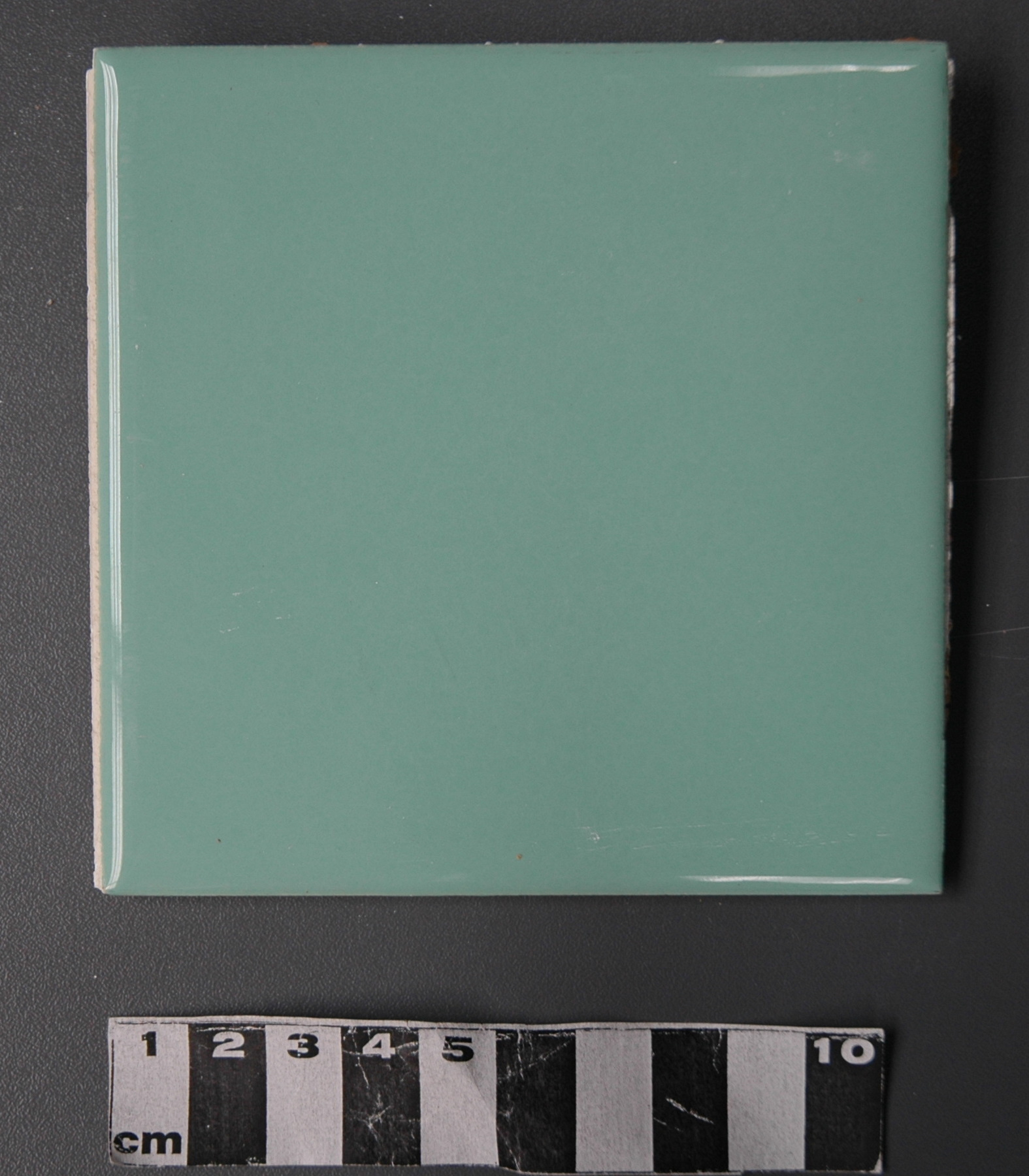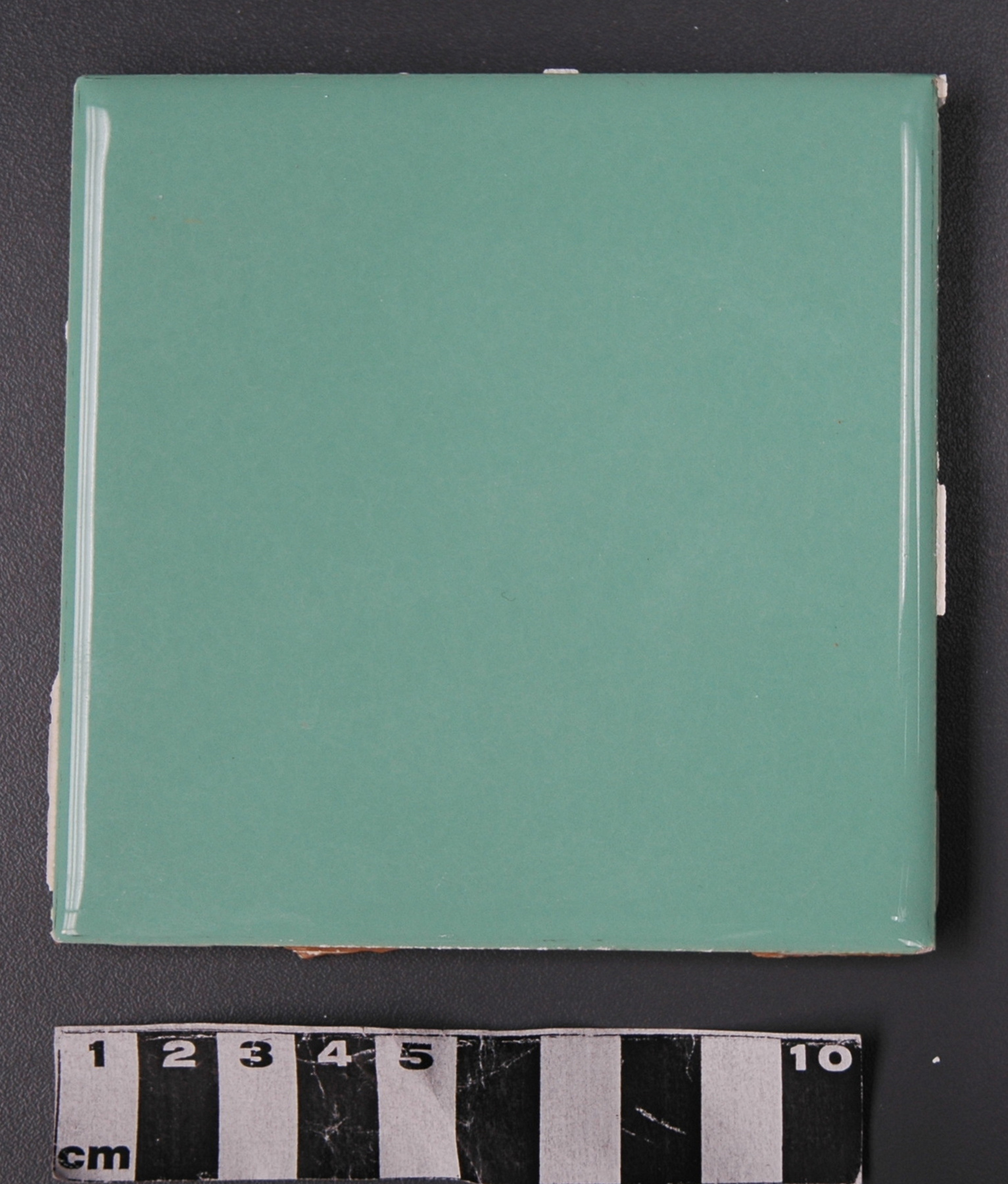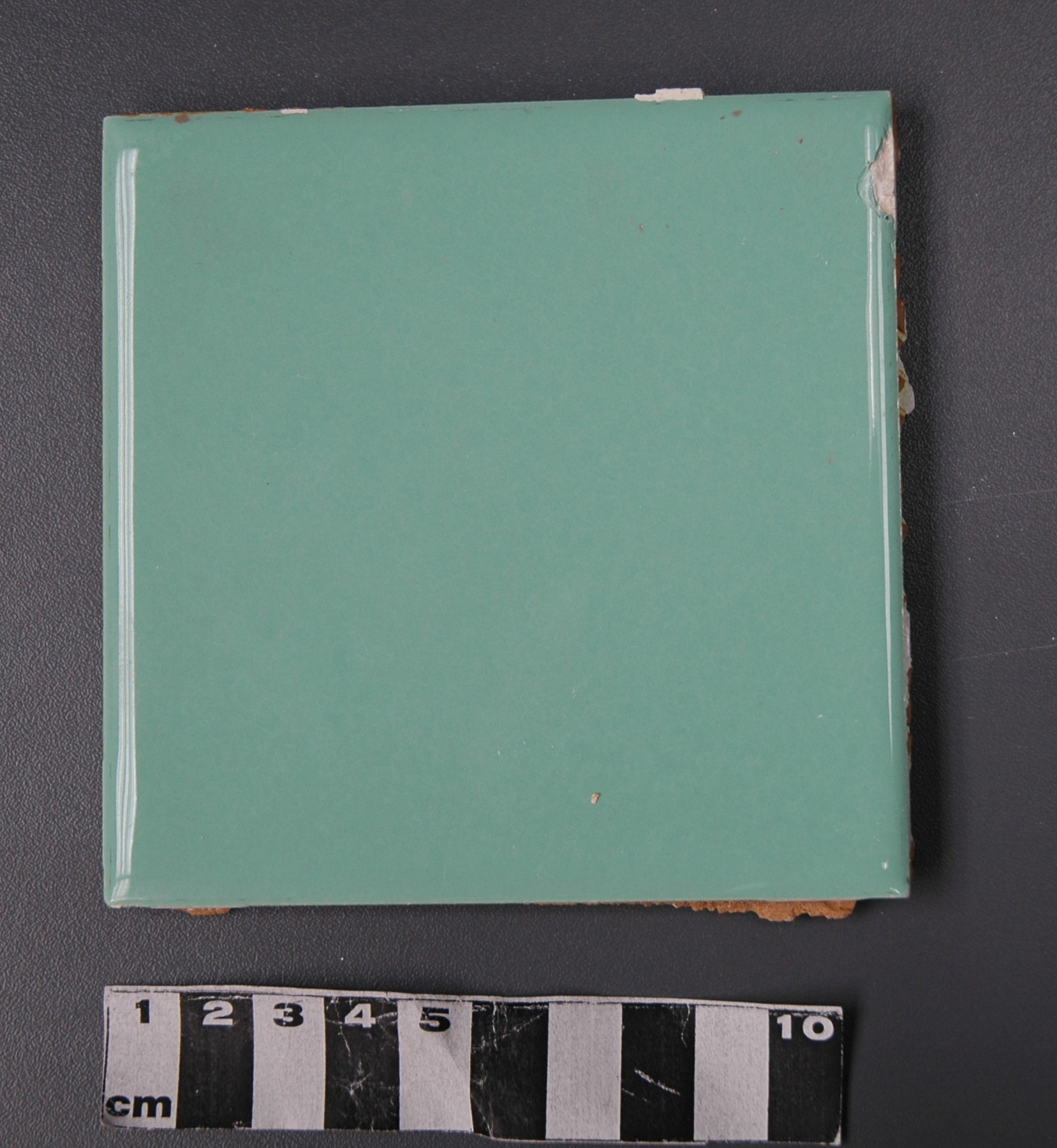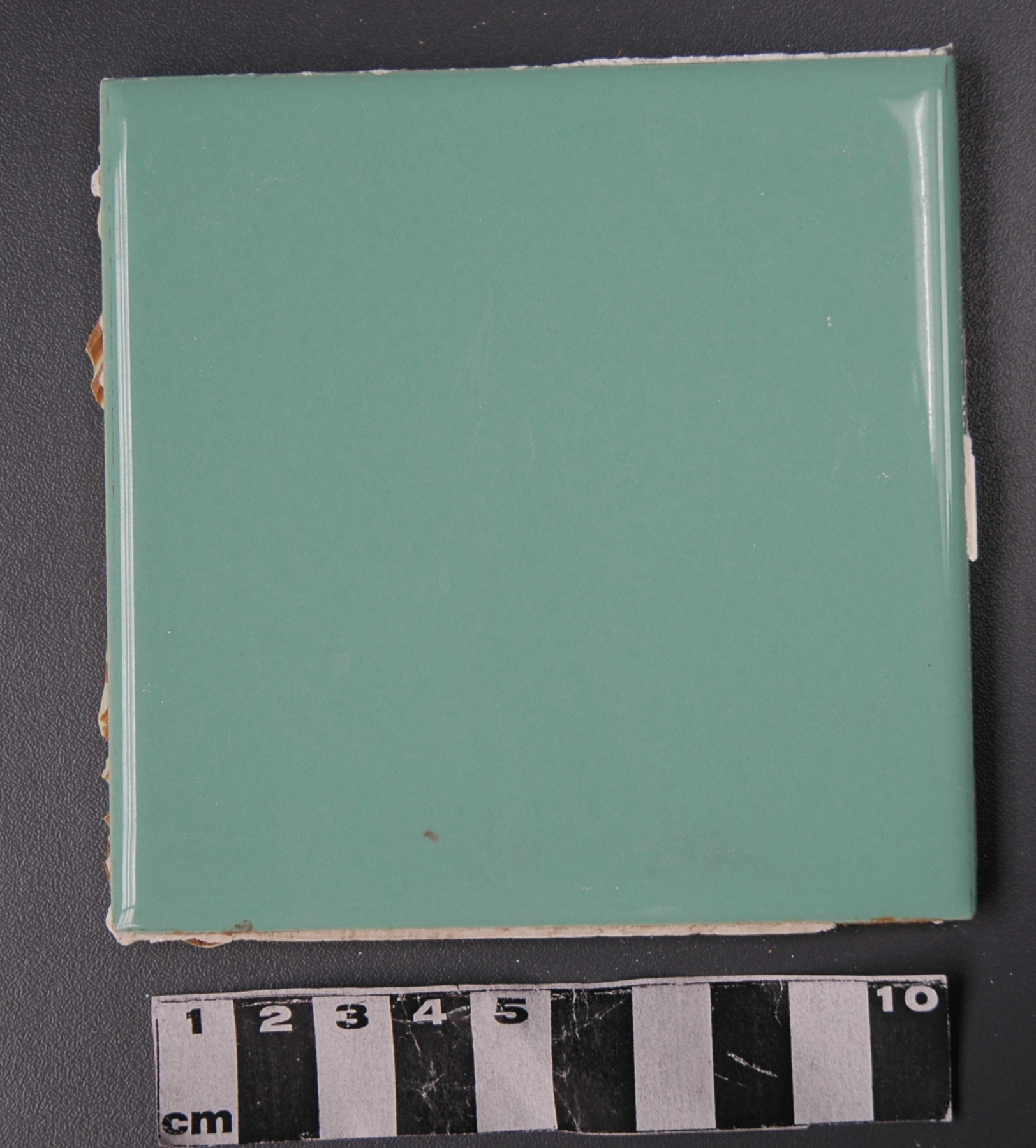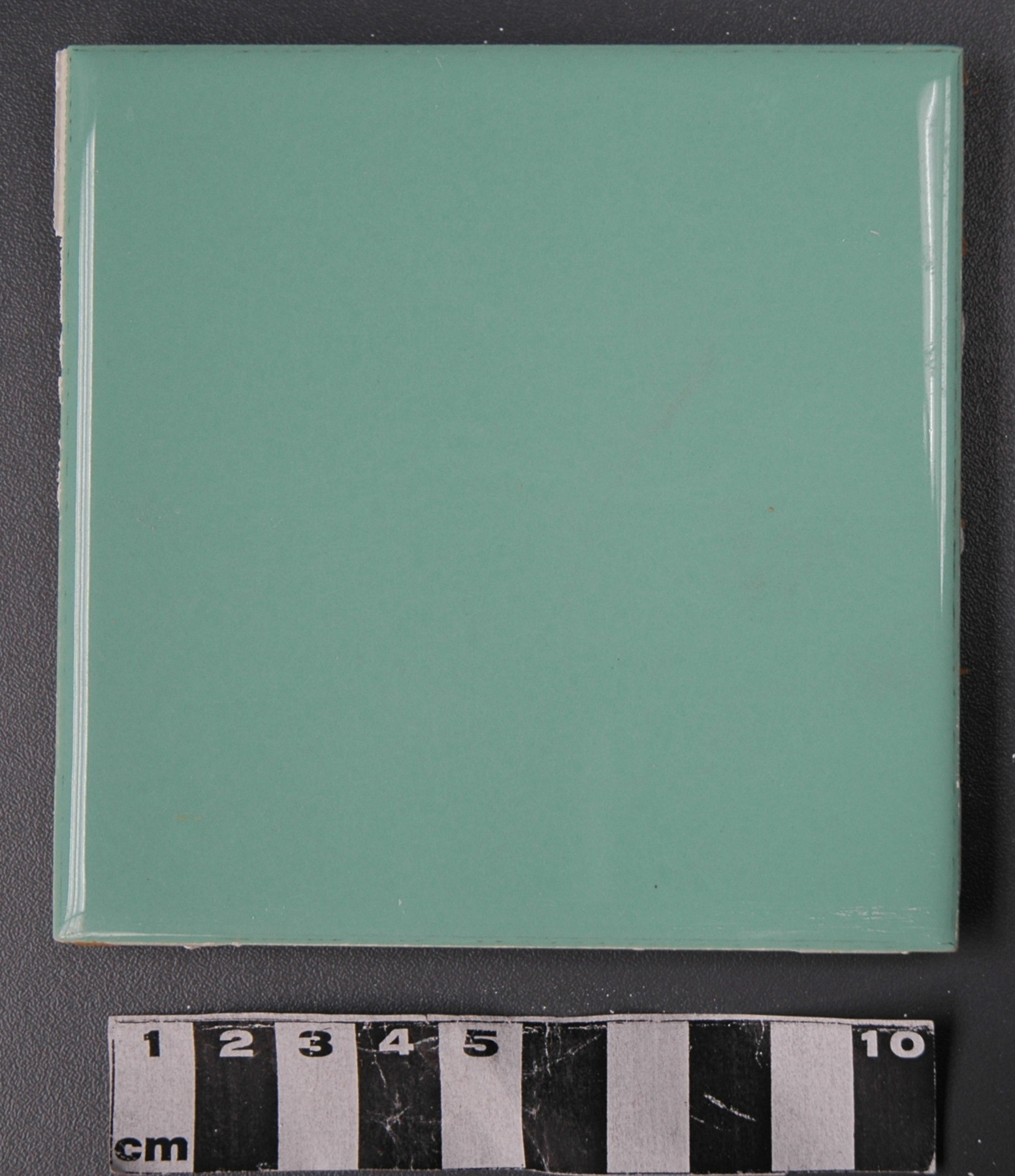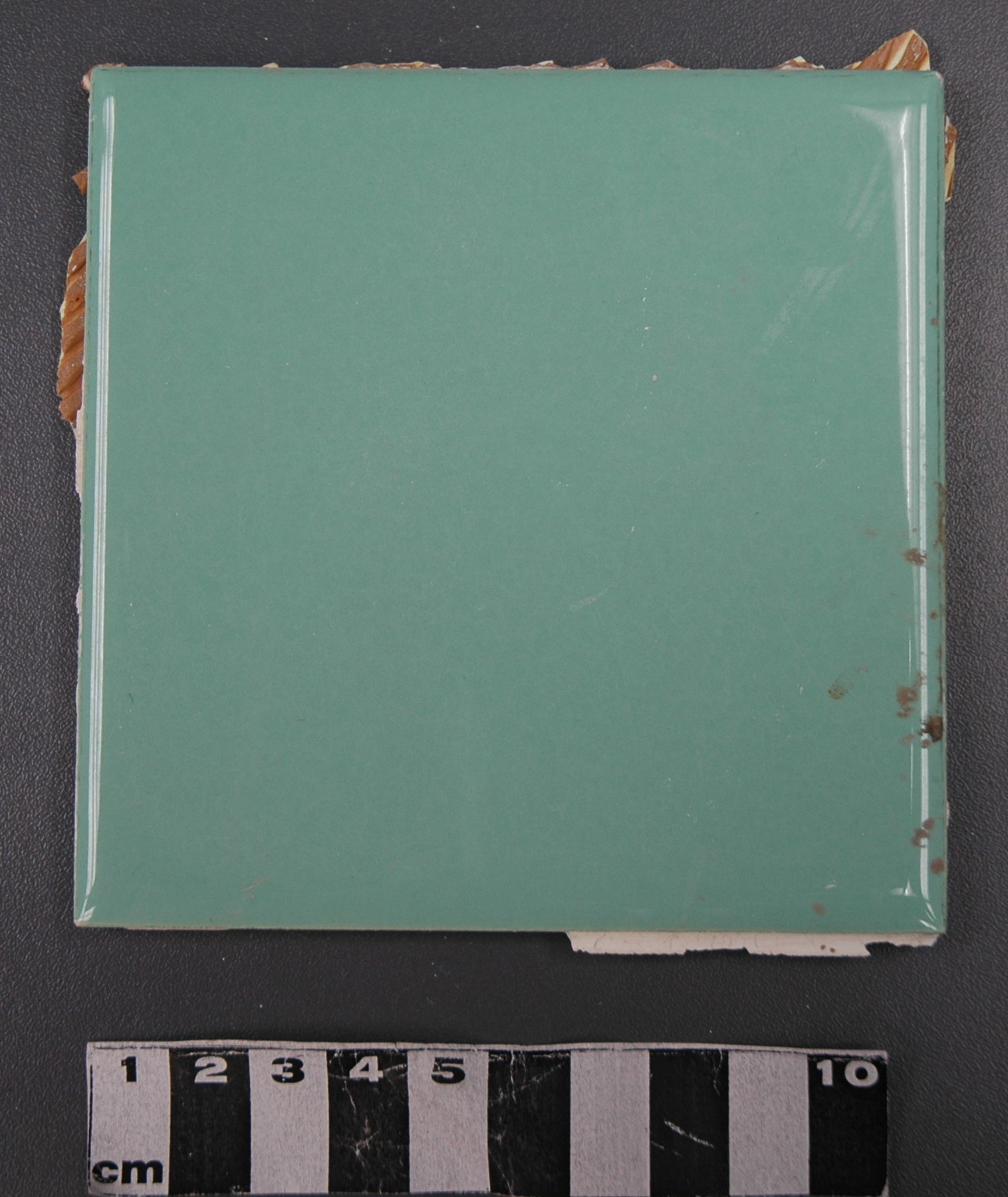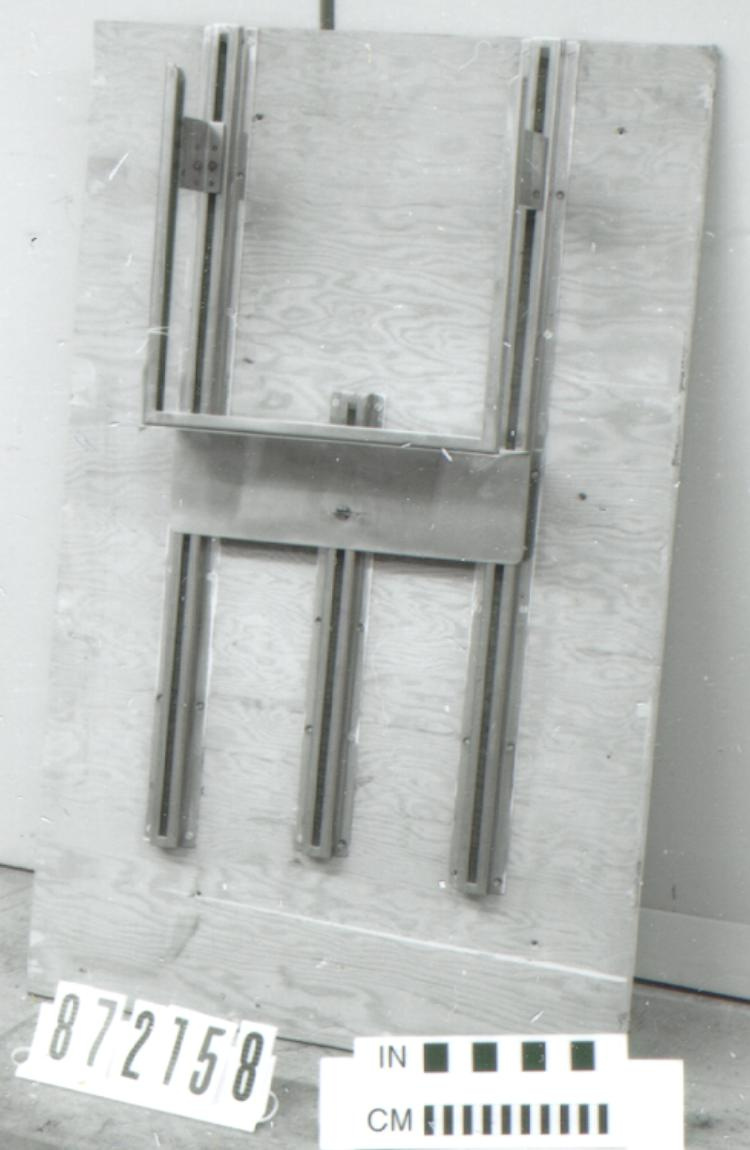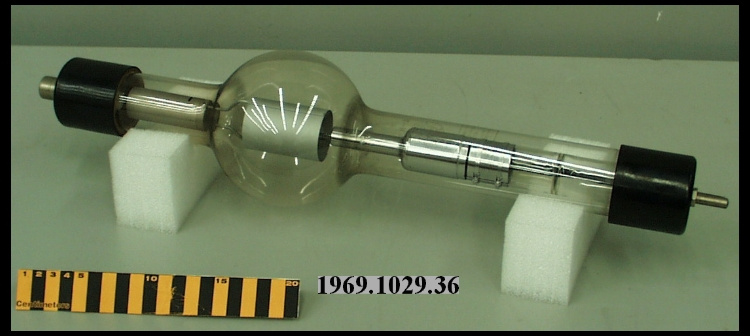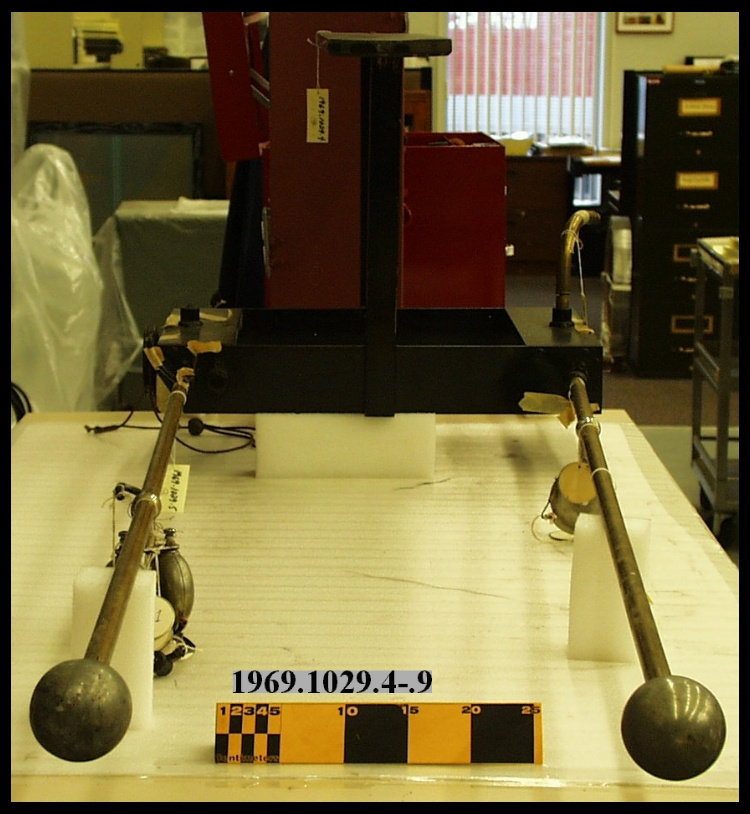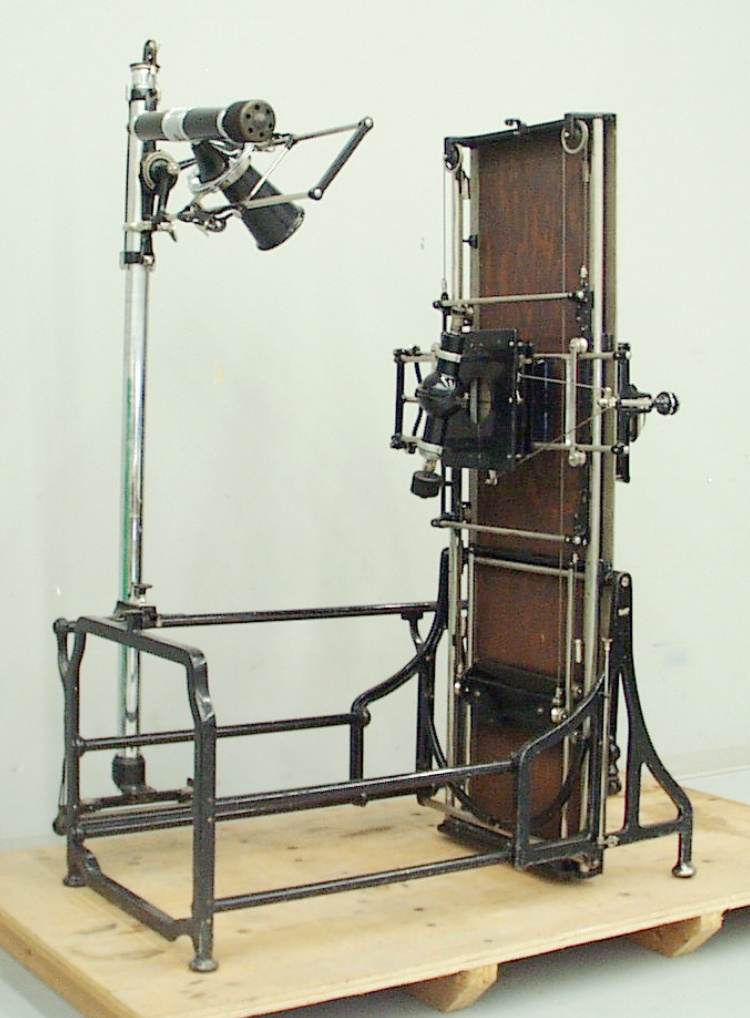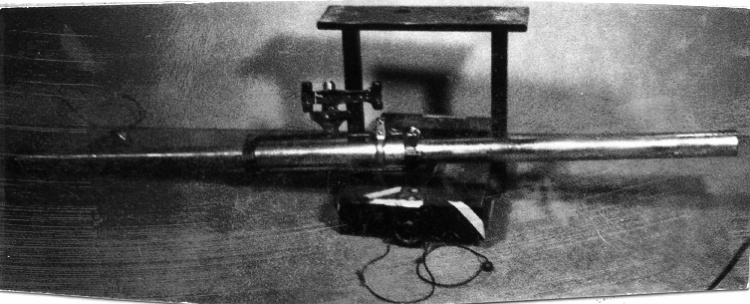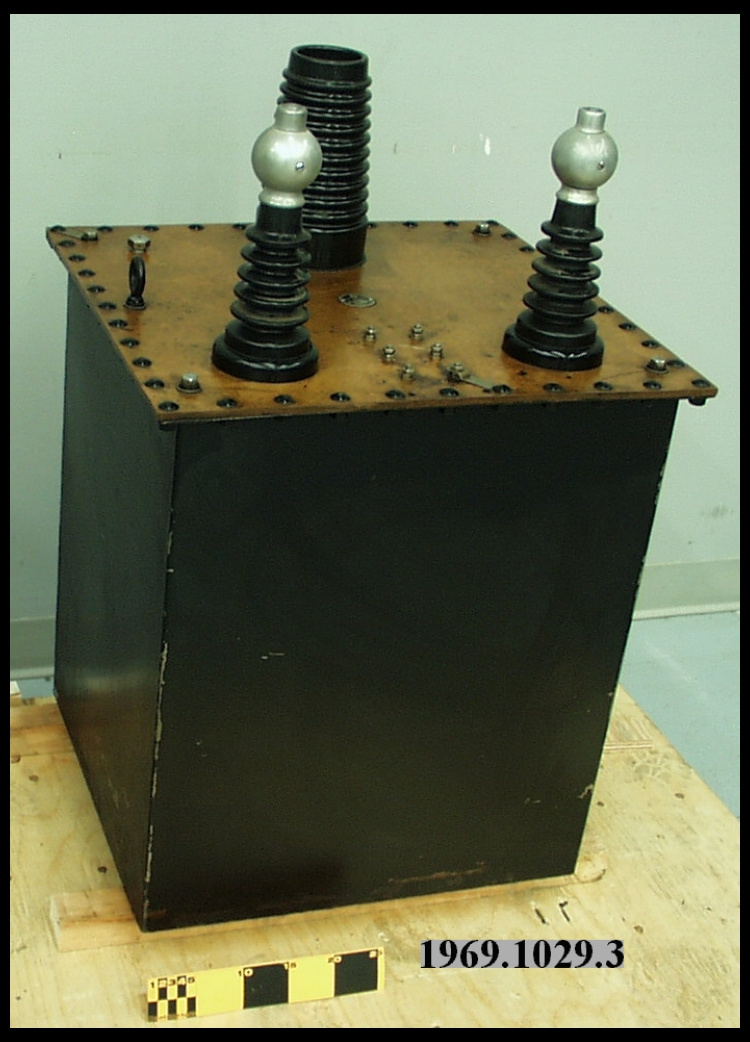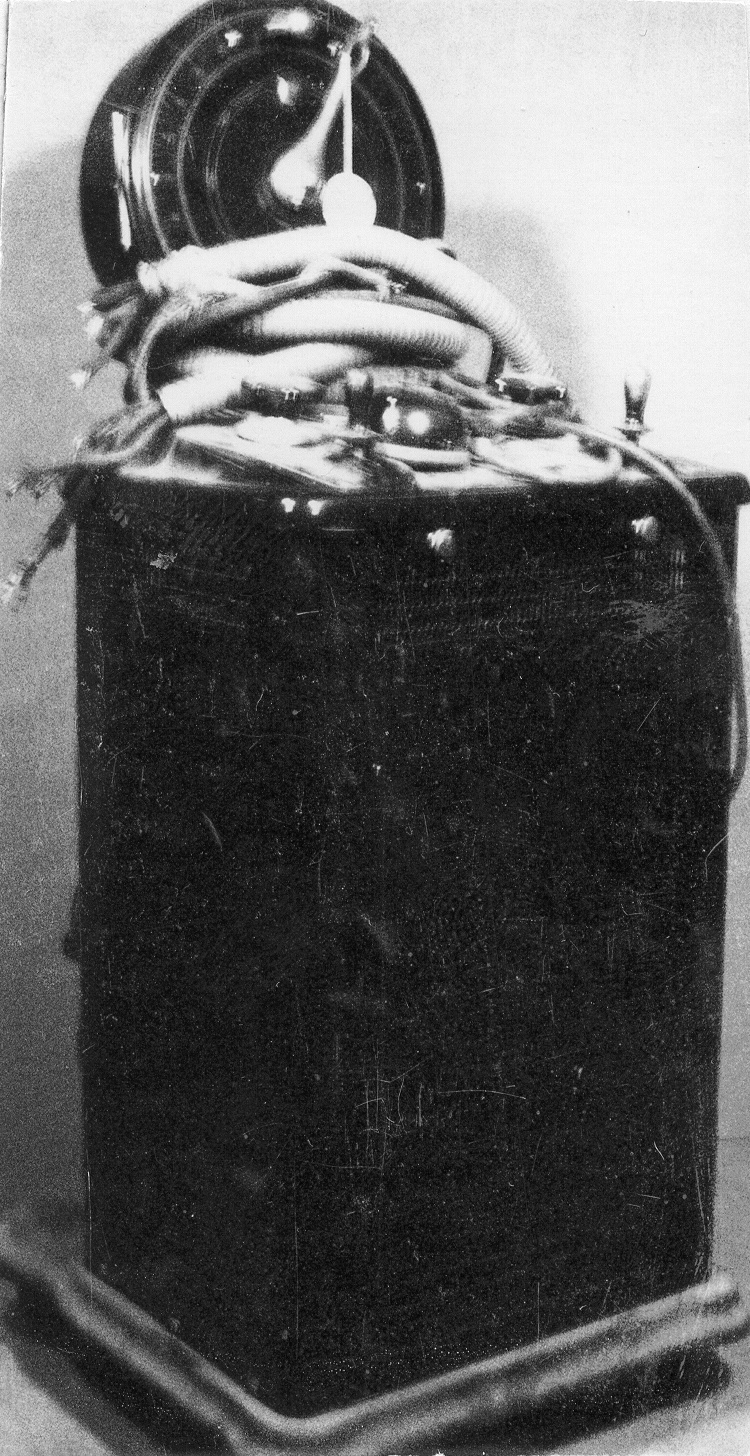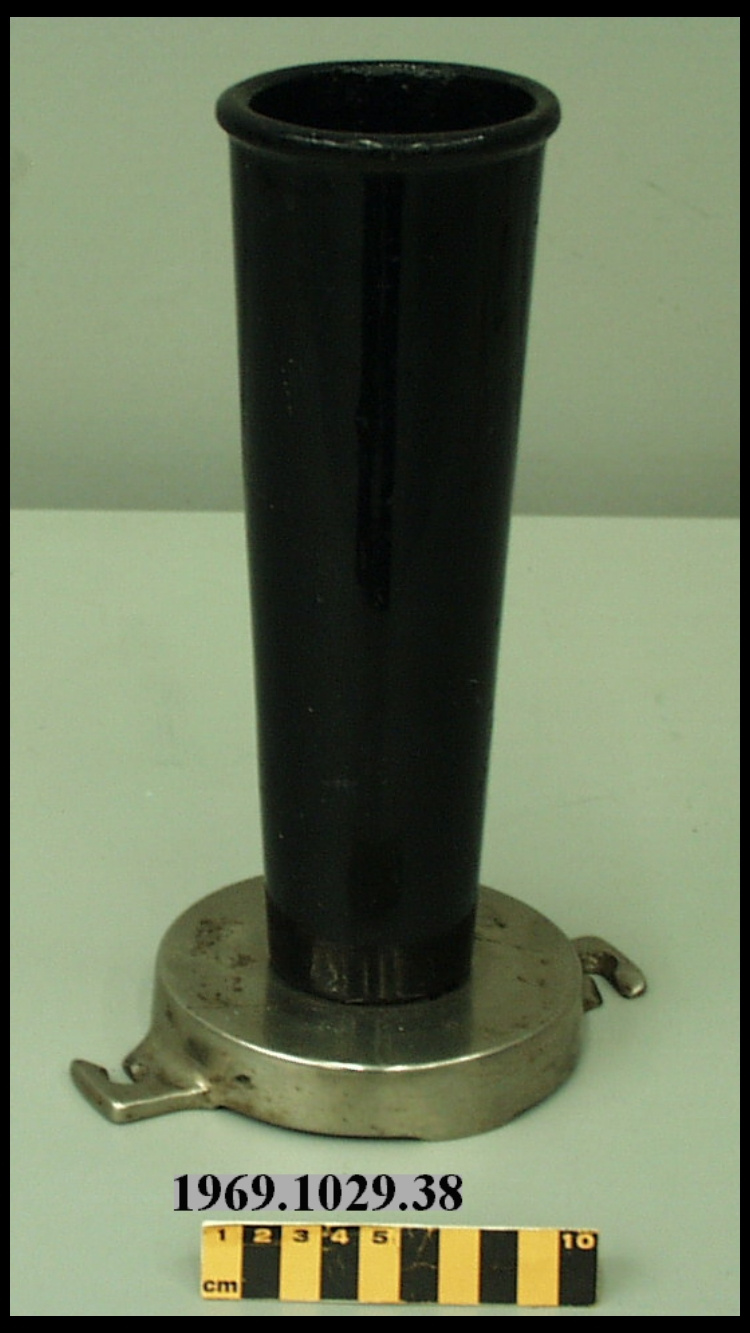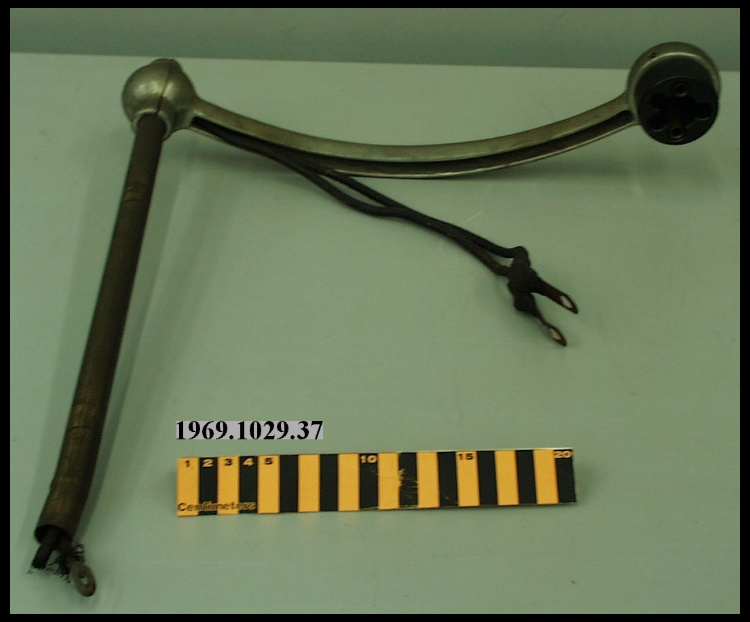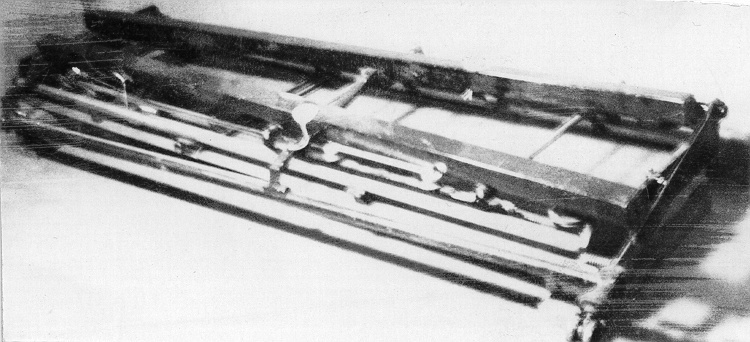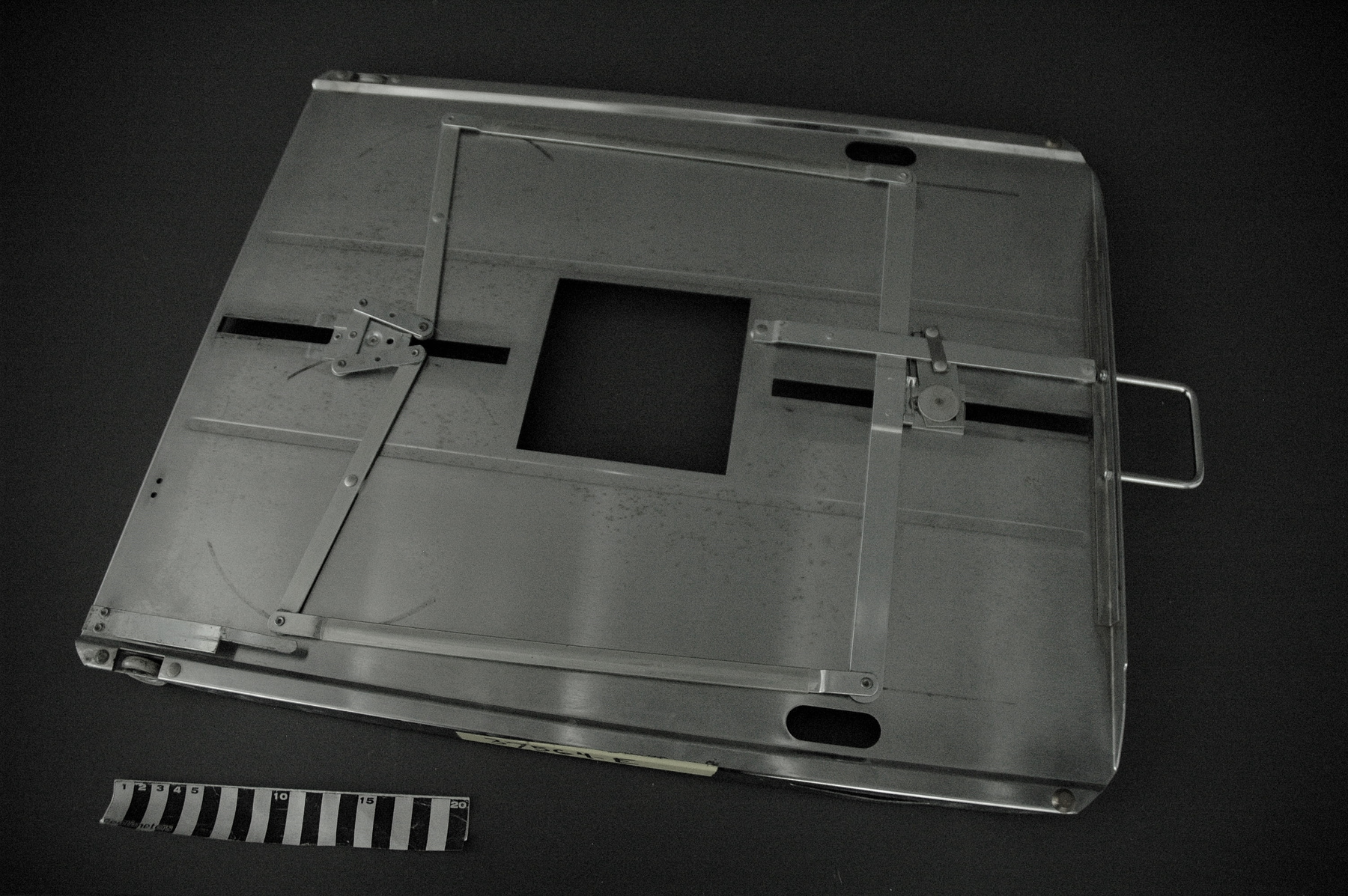Carrier, x-ray film cassette
Use this image
Can I reuse this image without permission? Yes
Object images on the Ingenium Collection’s portal have the following Creative Commons license:
Copyright Ingenium / CC BY-NC-ND (Attribution-NonCommercial 4.0 International (CC BY-NC 4.0)
ATTRIBUTE THIS IMAGE
Ingenium,
2009.0063.002
Permalink:
Ingenium is releasing this image under the Creative Commons licensing framework, and encourages downloading and reuse for non-commercial purposes. Please acknowledge Ingenium and cite the artifact number.
DOWNLOAD IMAGEPURCHASE THIS IMAGE
This image is free for non-commercial use.
For commercial use, please consult our Reproduction Fees and contact us to purchase the image.
- OBJECT TYPE
- sliding
- DATE
- 1961
- ARTIFACT NUMBER
- 2009.0063.002
- MANUFACTURER
- Unknown
- MODEL
- Unknown
- LOCATION
- Unknown
More Information
General Information
- Serial #
- 90467
- Part Number
- 2
- Total Parts
- 2
- AKA
- Bucky
- Patents
- N/A
- General Description
- metal, rubber (?) and synthetic components.
Dimensions
Note: These reflect the general size for storage and are not necessarily representative of the object's true dimensions.
- Length
- 64.0 cm
- Width
- 47.5 cm
- Height
- 2.8 cm
- Thickness
- N/A
- Weight
- N/A
- Diameter
- N/A
- Volume
- N/A
Lexicon
- Group
- Medical Technology
- Category
- Radiology
- Sub-Category
- N/A
Manufacturer
- AKA
- Unknown
- Country
- Unknown
- State/Province
- Unknown
- City
- Unknown
Context
- Country
- Canada
- State/Province
- Saskatchewan
- Period
- Possibly used c. 1962+; not used after 2005.
- Canada
-
Weyburn Mental Hospital in Weyburn, SK opened its doors in 1921 and closed (as the Souris Valley Hospital) in 2005. From the 1940s to 1971 it took part in controversial treatments for mental illness including lobotomy and electro shock therapy. It was also famous for its pioneering experiments with LSD in the 1950s and 60s. Dr. Humphrey Osmond, who coined the term "psychedelic" performed several experiments with patients and university students. In its heyday, the Weyburn was a well-equipped, self-sufficient health facility. Some complained that it was even better equipped than the local hospital. This x-ray machine [system component] would have been the workhorse for the institution. It was still in use after the building shut down a few years ago. It does not have direct ties to the more controversial history at Weyburn, but in colour and design, mirrored the institutional interior of Weyburn. Much of the old equipment and supplies went to developing countries when the shut-down occurred and some went to the University of Regina theatrical department. [Ref. 1] - Function
-
To securely and correctly position x-ray film cassette within table or bed. - Technical
-
Unknown - Area Notes
-
Unknown
Details
- Markings
- "90467" stamped into metal plate fixed to one end of carrier. "LOCK" and directional arrow stamped into one slide mechanism. "37667-E" printed by hand in black ink on yellow tape label appled to one raised side of carrier.
- Missing
- None.
- Finish
- Bright silver metal; off-white rubber (?) rollers and black rubber (?) pads; opaque synthetic sleeves shield longest moving metal arms on carrier.
- Decoration
- N/A
CITE THIS OBJECT
If you choose to share our information about this collection object, please cite:
Unknown Manufacturer, Carrier, x-ray film cassette, circa 1961, Artifact no. 2009.0063, Ingenium – Canada’s Museums of Science and Innovation, http://collection.ingeniumcanada.org/en/item/2009.0063.002/
FEEDBACK
Submit a question or comment about this artifact.
More Like This
